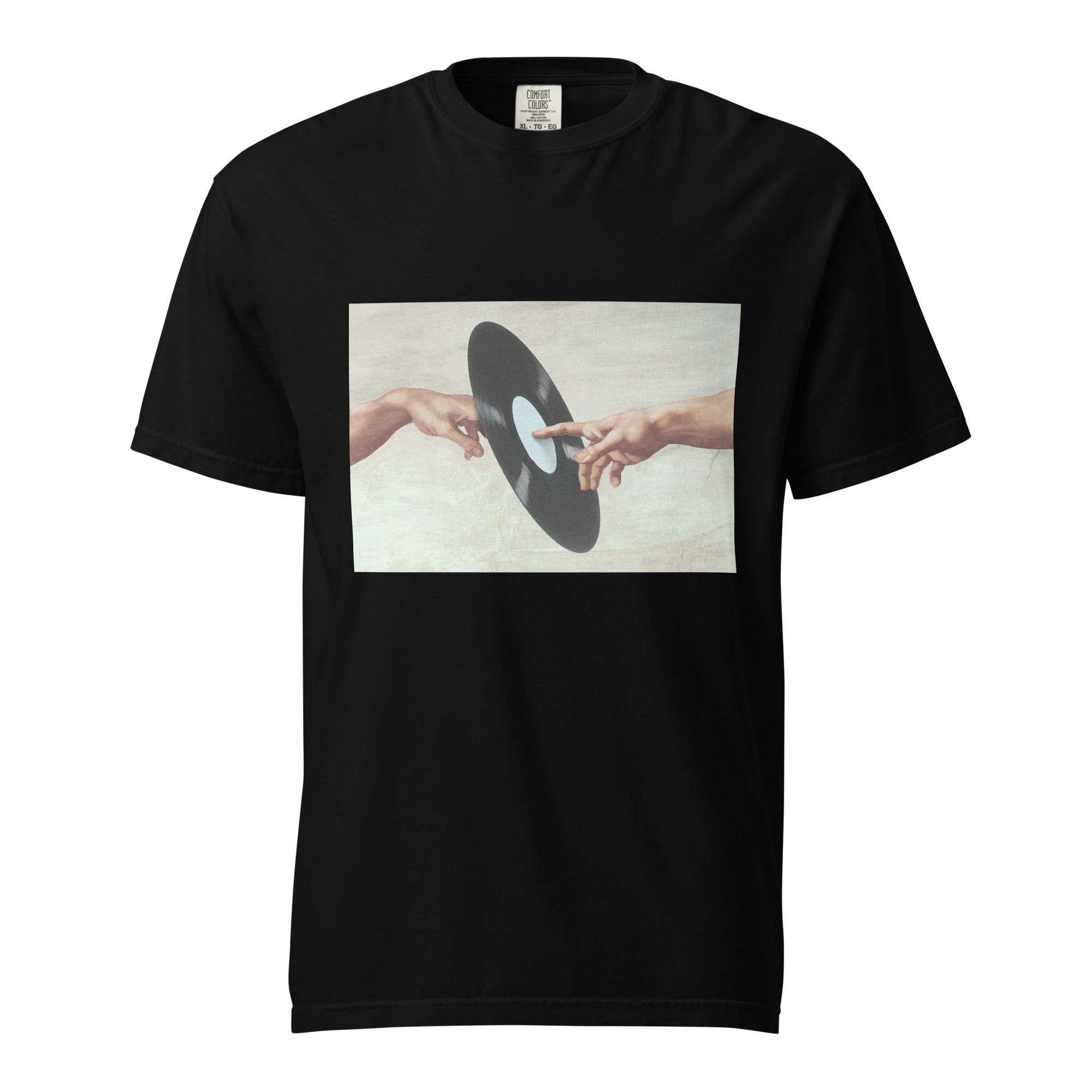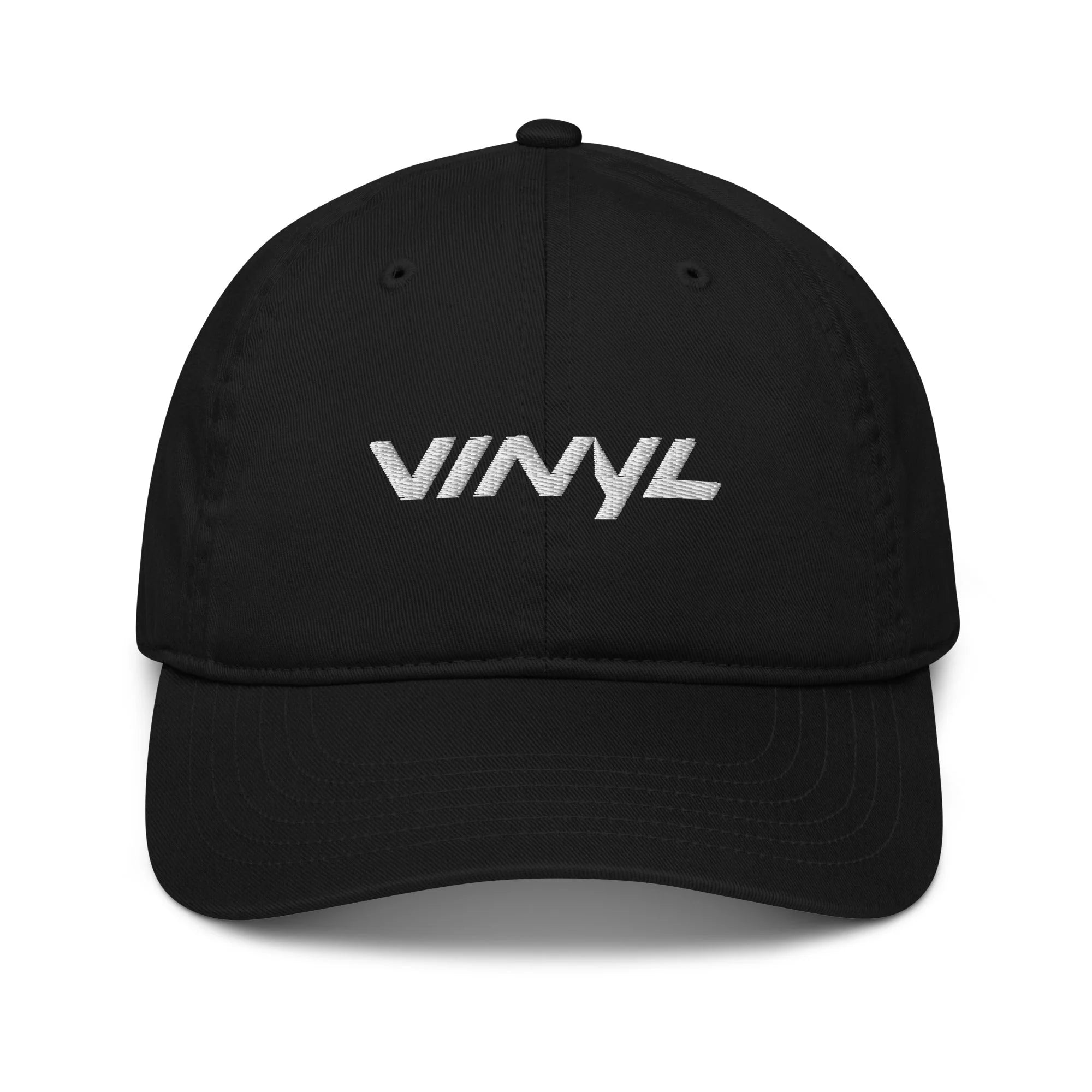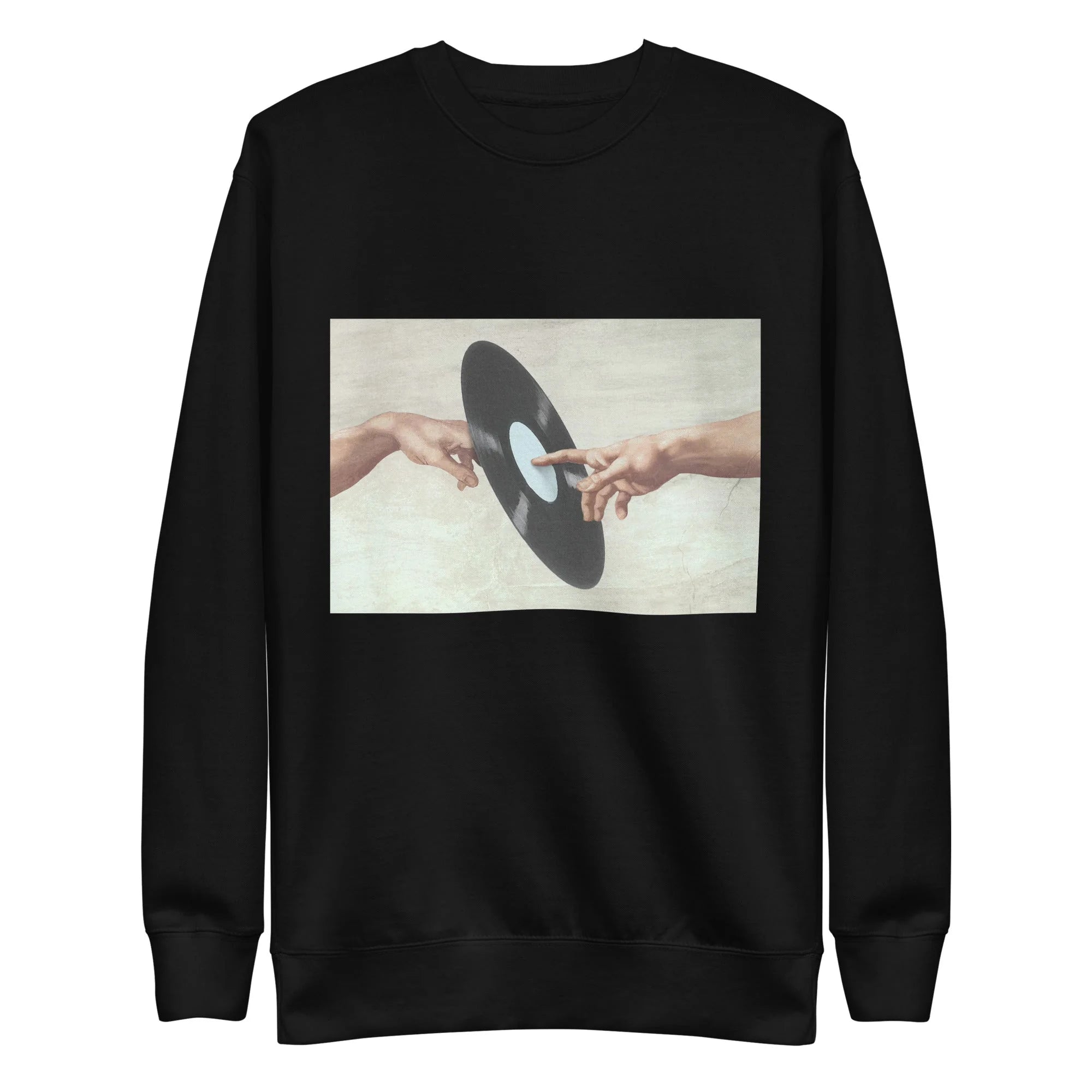There has been a notable resurgence in the popularity of vinyl records, even in our digital age where music is predominantly streamed. This revival isn't just about nostalgia; it represents a deep-seated appreciation for the unique qualities that vinyl offers to listeners. As more individuals seek a richer and more tactile listening experience, vinyl has become a symbol of audio purism. This trend is supported by both older generations wanting to relive their past experiences and younger generations discovering the allure of vinyl for the first time. Vinyl records' influence in contemporary music culture cannot be overstated as they offer a distinct experience that digital formats struggle to match.

Cultural Significance of Vinyl Records
Nostalgic Medium
Vinyl records evoke a strong sense of nostalgia, offering a bridge to the past that many music lovers cherish. This nostalgic element is powerful, drawing listeners to relive memories or experience the ambiance of past decades. Vinyl acts as a time capsule, capturing the essence of eras gone by, from the artwork to the liner notes, and the distinct sound of the needle dropping on a record. This connection to the past enriches the music-listening experience, making it more profound than merely streaming a song online. For many, the act of listening to vinyl is a form of time travel, an escape that reconnects them with different periods of their lives or the history they wish they had witnessed.
Music Heritage
The preservation of vinyl and music heritage is critical, as these records are not just artifacts but repositories of cultural and historical significance. Vinyl records have documented the evolution of music genres, trends, and groundbreaking moments in music history. They are cherished by collectors, historians, and music enthusiasts who recognize the value of vinyl as a primary source of the original sound and intent of artists across decades. Moreover, vinyl's durability means that many albums from the mid-20th century can still be enjoyed today, providing a direct link to the music's original texture and production values.
Tangible Aesthetic and Collectibility
Album covers, often considered works of art, offer a visual and tactile experience that digital formats cannot replicate. The large canvas of a vinyl record cover allows for intricate artwork, detailed credits, and sometimes additional items like posters or lyric sheets, enhancing the collectibility of vinyl. Collectors and music fans value the physical presence of vinyl, from the weight of the record in their hands to the act of flipping it over to continue listening. This collectibility drives the market, where rare editions and pressings can become highly coveted items.
Popular Culture
They are often portrayed as the choice of true music connoisseurs, which further boosts their status among contemporary audiences. This portrayal helps maintain vinyl’s appeal across different age groups and subcultures, contributing to its sustained popularity. As a result, vinyl has become more than just a medium for music; it is a cultural icon that represents a dedication to the art form of music, attracting a diverse group of followers who appreciate its richer, more authentic sound.
Influence of Vinyl on Music Production
Analog Sound in Modern Music
The warm, rich sound of analog recording is a key element of vinyl’s allure and greatly influences modern music production. Artists and producers often choose vinyl for its ability to capture the nuances of sound that digital formats may miss. This analog quality provides a depth and warmth that audiophiles and casual listeners alike appreciate. The resurgence of vinyl has encouraged a renaissance in analog recording techniques, with studios increasingly integrating vintage equipment to achieve that classic sound.
Creative Processes of Vinyl Artists
Vinyl's music contribution not only offers a distinct auditory experience but also significantly influences the creative processes of artists in various ways. This effect is notable from the early stages of song selection to the final visual presentation. Here’s an exploration of how vinyl uniquely impacts each of these facets:
- Song Selection and Arrangement: When preparing music for vinyl, artists engage in a meticulous selection and sequencing process that differs from digital formats. Due to vinyl's physical constraints, such as its limited duration per side, artists must thoughtfully arrange their tracks. This careful curation is aimed at enhancing the listener's experience, ensuring a cohesive flow that complements the tangible flipping of the record. The artist must consider the technical implications, as the sound quality can degrade towards the innermost tracks, thus influencing which songs are placed where on the disc.
- Mixing and Mastering for Vinyl: The audio engineering for vinyl demands a distinct approach compared to digital. Engineers focus on achieving a warmer and more dynamic sound, which is characteristic of vinyl playback. This involves careful management of the low and high frequency ranges to prevent issues such as distortion or needle skipping during playback. The mastering process often involves wider grooves to accommodate dynamic range without loss of clarity. These technical adjustments ensure that the vinyl record not only sounds good but also respects the format’s unique properties.
- Art and Design Considerations: The physical size of vinyl records offers artists a larger canvas for their album art, which significantly influences their visual creative process. This expanded space allows for more elaborate and detailed artwork, which can be integral to the album's overall aesthetic and thematic expression. Designers and artists often take advantage of this format to create visually compelling pieces that reflect the music's mood and message. A more tactile and engaging listening experience is frequently produced by the harmonious combination of visual and aural components on vinyl.
Tole of vinyl records brings an artistic and technical complexity that enriches the music process. Each stage from song arrangement to visual design is carefully tailored to honor the medium’s unique characteristics, underscoring vinyl's enduring appeal in the digital age.

Impact on Album Production
The physical constraints of a vinyl record, such as limited playing time per side, push artists and producers to think critically about the arrangement and length of tracks. This often results in a more cohesive and focused album, as excess is trimmed and only the most impactful songs make the cut. The process encourages a form of artistic discipline that is less prevalent in the era of digital streaming, where the temptation to overfill an album with content can dilute its overall impact.
Vinyl Records in Music Culture
Economic Impact of Vinyl Sales
With sales numbers climbing yearly, vinyl has become a lucrative segment, especially for independent labels and artists. The demand for vinyl has led to the reopening of pressing plants and the establishment of new ones, further boosting local economies. The appeal of vinyl also extends to special editions and limited releases, which can be priced higher due to their collectible nature. This vitality demonstrates the enduring appeal and profitability of vinyl in an increasingly digital world, emphasizing the importance of vinyl records not just culturally but also economically.
The Market for Buying and Selling Vinyl
The market presents a fascinating landscape for collectors and sellers. Navigating the market to purchase vinyl records or sell your vinyl records can be both rewarding and complex. Here are the key aspects to consider:
- Demand and Rarity: The desirability of vinyl records can vary significantly based on genre, artist, and pressing. Certain records are highly sought after due to their rarity, historical significance, or cultural impact, which can dramatically affect their market value and availability. Original pressings of classic albums or limited edition releases often command high prices and are quick to sell out. Collectors need to stay informed about market trends and be ready to act quickly when seeking these prized items.
- Condition: Records graded as mint or near mint condition are considered premium and can fetch substantially higher prices compared to those with visible wear or damage. Factors such as scratches, warps, and the quality of the sleeve all play critical roles in valuation. For sellers, understanding how to grade the condition accurately is essential to setting realistic prices, and for buyers, it dictates the willingness to pay a premium for better-preserved pieces.
- Marketplace: Choosing the right platform or store to buy or sell vinyl records significantly influences the success of the transaction. Local record stores provide the advantage of immediate access and the ability to physically inspect records before purchase, fostering a sense of community among enthusiasts. On the other hand, online marketplaces broaden their reach, allowing sellers to access a global audience and buyers to find records from around the world. Each platform comes with its own set of pros and cons, from transaction fees and shipping costs to the potential for broader networking opportunities.
Understanding these key aspects is crucial for anyone engaged in the vinyl market, whether you’re expanding your collection or looking to sell part of it. As the demand for vinyl continues to grow, navigating this market with informed decisions will lead to more rewarding buying and selling experiences.
Releases and Marketing Strategies
These strategies are not only designed to increase sales but also to enhance the vinyl purchasing experience, making each release a special event. Here’s a look at how these tactics play a pivotal role in the marketing of vinyl:
- Limited Editions and Special Pressings: To capitalize on the collectibility of vinyl, many releases are offered in limited editions or special pressings. These can include colored vinyl, picture discs, or vinyl with unique artwork. The scarcity and uniqueness of these editions make them highly desirable to collectors, often leading to quick sell-outs and increased aftermarket value. For instance, a limited pressing in an unusual color or featuring exclusive artwork can become a centerpiece of a collector's display, significantly enhancing its appeal.
- Bundling: Vinyl releases are frequently bundled with additional value to entice buyers. This might include a digital download code, ensuring that consumers can enjoy the music in both analog and digital formats. Other common additions are exclusive merchandise, such as T-shirts, posters, or even autographed items, making the purchase more appealing. This strategy not only enhances the perceived value but also creates a more comprehensive fan experience by linking the vinyl purchase with tangible, branded goods that extend beyond just the music.
- Release Timing: The strategic timing of vinyl releases can greatly impact their market success. Aligning these releases with significant dates such as album anniversaries, Record Store Day, or during artist tours can maximize exposure and sales. For example, releasing or reissuing a vinyl version of an album on its anniversary can tap into nostalgia, while dropping new records during tours allows artists to capitalize on the heightened engagement from their live performances. Record Store Day, in particular, has become a cultural event in which exclusive vinyl releases are a major draw, creating buzz and driving foot traffic to independent record stores.
Understanding and implementing these strategic approaches in vinyl marketing allows artists and labels to leverage the format's unique properties and the cultural momentum behind its revival. This not only serves to enhance the commercial success of the releases but also deepens the connection between modern vinyl artists and their audience through the tangible and collectible nature of vinyl.
Collecting and Enjoying Vinyl Records
Tips for New Collectors
Embarking on a vinyl collecting journey can be an exhilarating experience, filled with learning and discovery. For those new to this world, it's important to start with understanding the basics of vinyl grades and knowing what to look for in terms of quality. Investing in a good turntable and learning proper record-handling techniques can significantly enhance your listening experience. Additionally, exploring various genres and artists will not only broaden your musical taste but also deepen your appreciation for the diverse world of vinyl records. Engaging with community forums and local record shops can also provide invaluable insights and recommendations to help grow your collection.
Popular Genres and Must-Have Albums
Vinyl collectors often gravitate towards certain genres that are well-suited to the vinyl format, such as jazz, blues, and classic rock, which are known for their rich soundscapes and dynamic ranges. Iconic albums like Miles Davis' "Kind of Blue" and The Beatles' "Abbey Road" are considered essential for any collector due to their historical significance and the depth of their audio quality on vinyl.
Maintaining and Storing Vinyl Records
Keeping your vinyl clean, avoiding exposure to extreme temperatures, and storing it vertically are key practices that can prevent damage and wear. Using anti-static sleeves and maintaining a clean playback environment will also extend the life of your records and ensure optimal sound quality during playback. As your collection grows, it becomes increasingly important to manage it well so that each record remains in the best possible condition for future enjoyment.
Purchasing Vinyl Records
Shopping at Local Record Stores
These stores provide a treasure trove of vinyl records, from new releases to rare finds, where collectors and music enthusiasts can spend hours flipping through bins. The knowledgeable staff and the communal atmosphere of these shops can significantly enhance the vinyl shopping experience. Supporting these stores not only enriches the local economy but also helps maintain the vibrant culture surrounding vinyl records.

Exploring Online Record Shops
The digital age has expanded the horizons for vinyl collectors by providing access to online record shop platforms where one can browse an extensive selection of records from around the world. These sites offer detailed descriptions, reviews, and even audio samples, making it easier to make informed purchasing decisions without leaving your home. Online shops often feature exclusive releases and special editions, making them a crucial resource for collectors looking to find specific items. Moreover, the convenience of home delivery and the ability to compare prices across different platforms make online shopping an attractive option for many.
The continued popularity of vinyl in the digital age speaks volumes about its role as more than just a medium for music playback; it's a cultural icon that resonates on a personal level with its listeners. Vinyl records foster a deeper connection between artists and their audiences, encapsulating the essence of musical expression in a tangible form that can be seen, felt, and heard. As we look to the future, it is clear that vinyl will remain an integral part of music culture, cherished by those who value the artistry and history embedded in each groove.

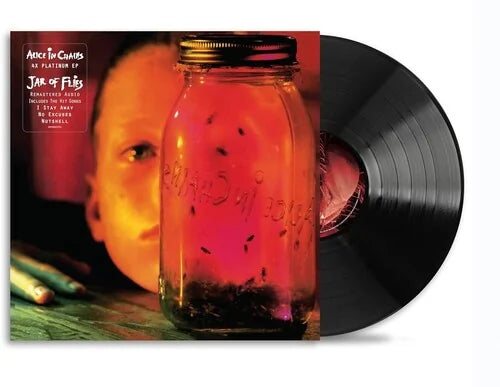
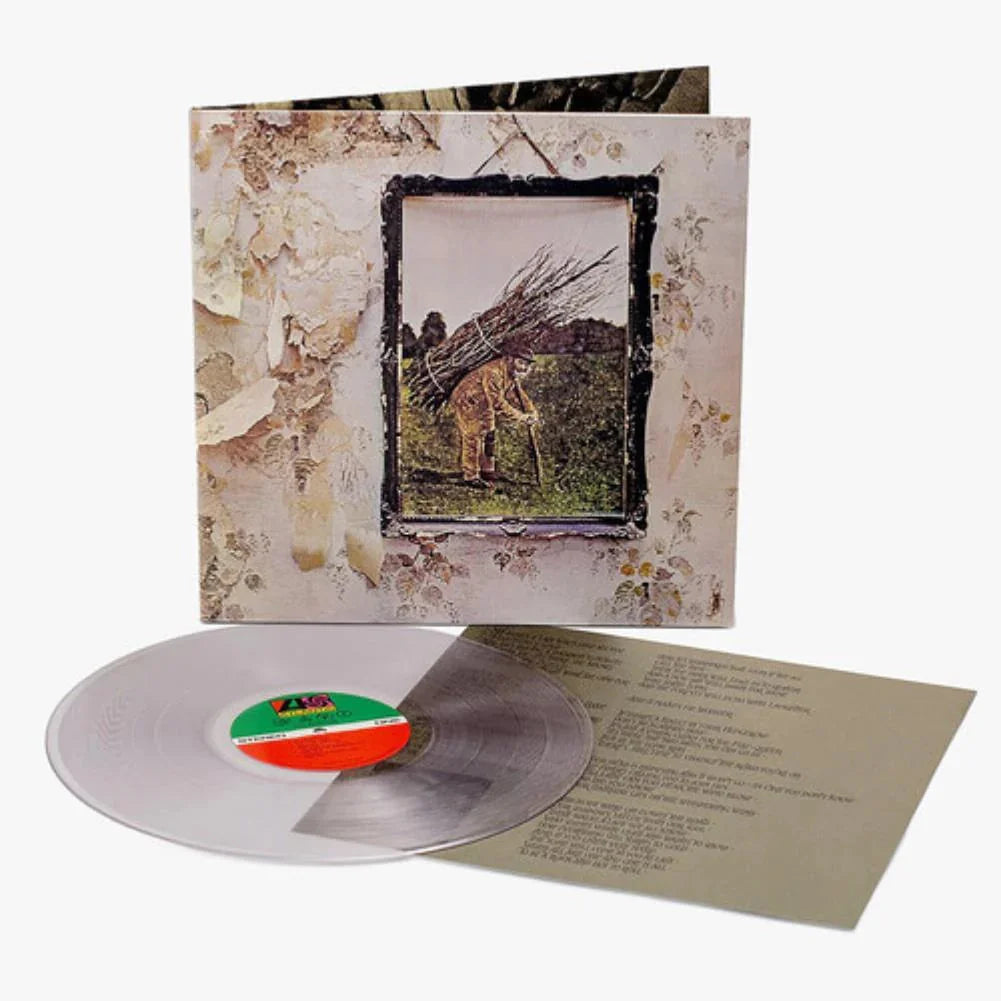
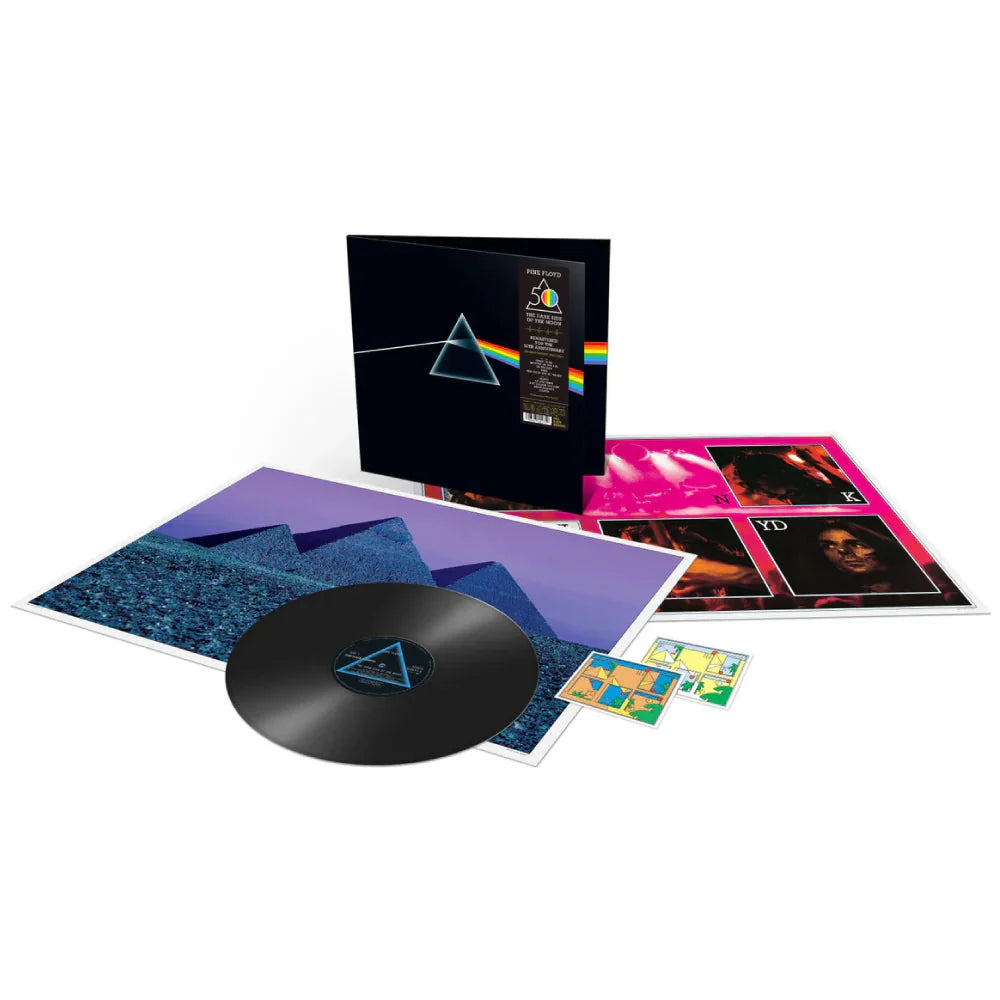
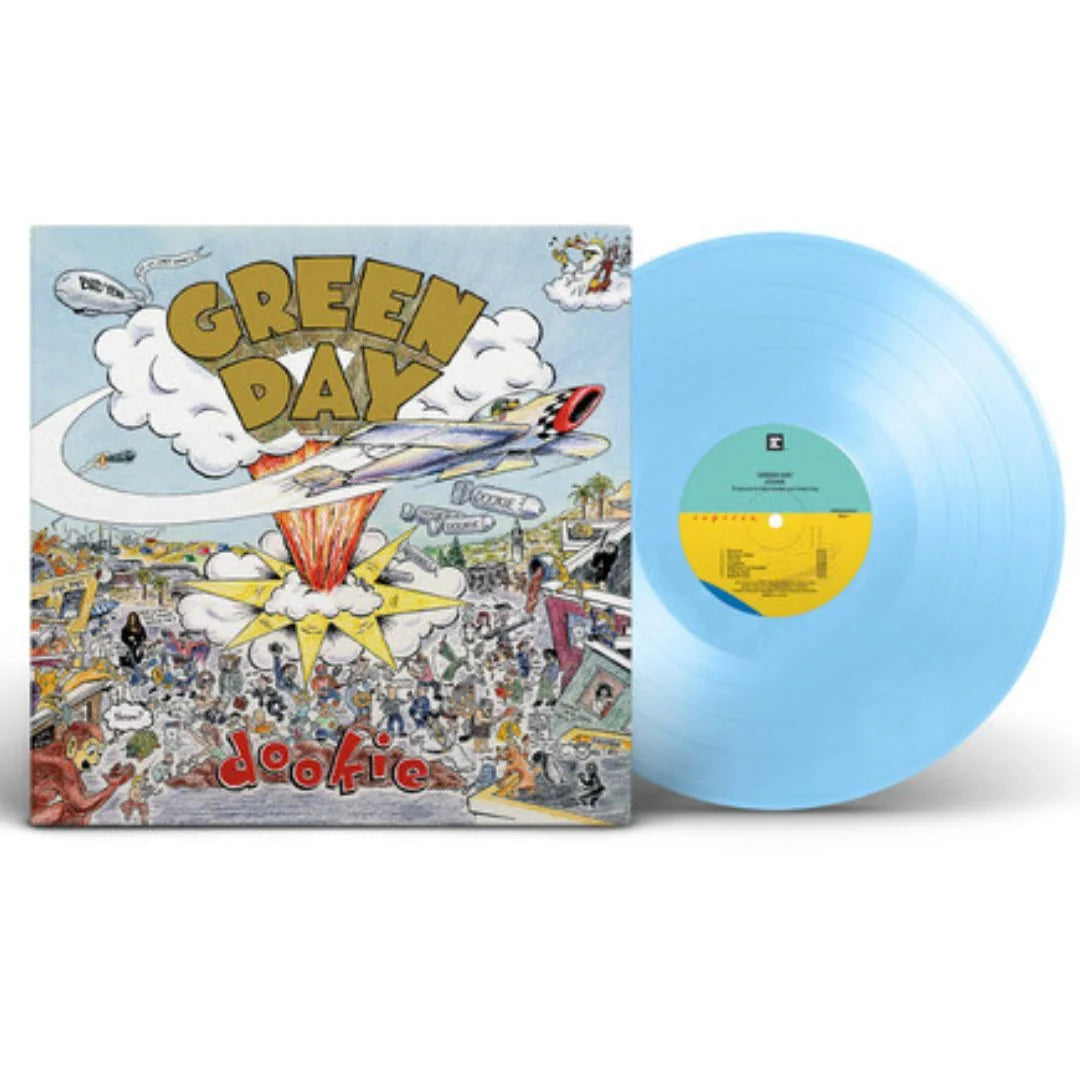
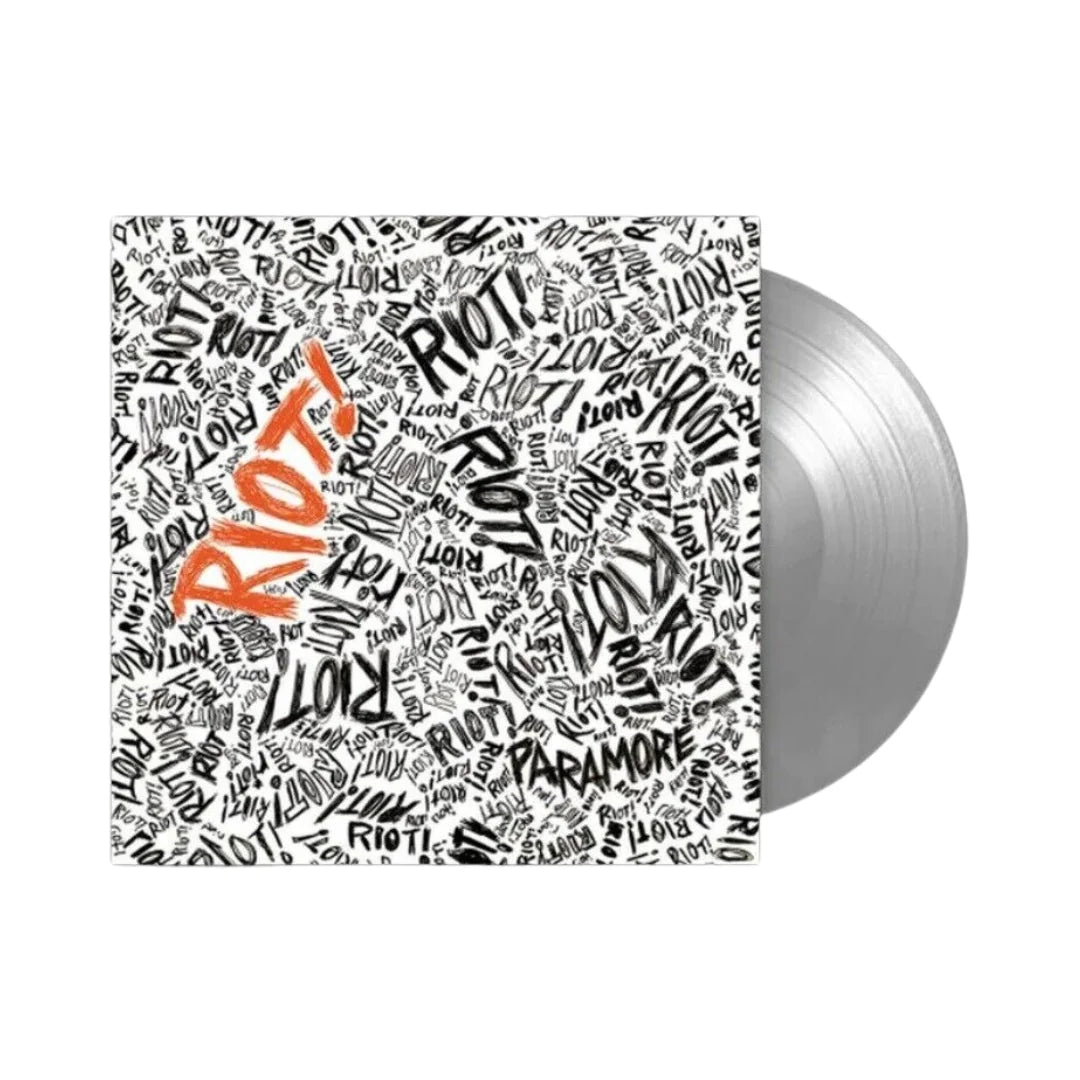
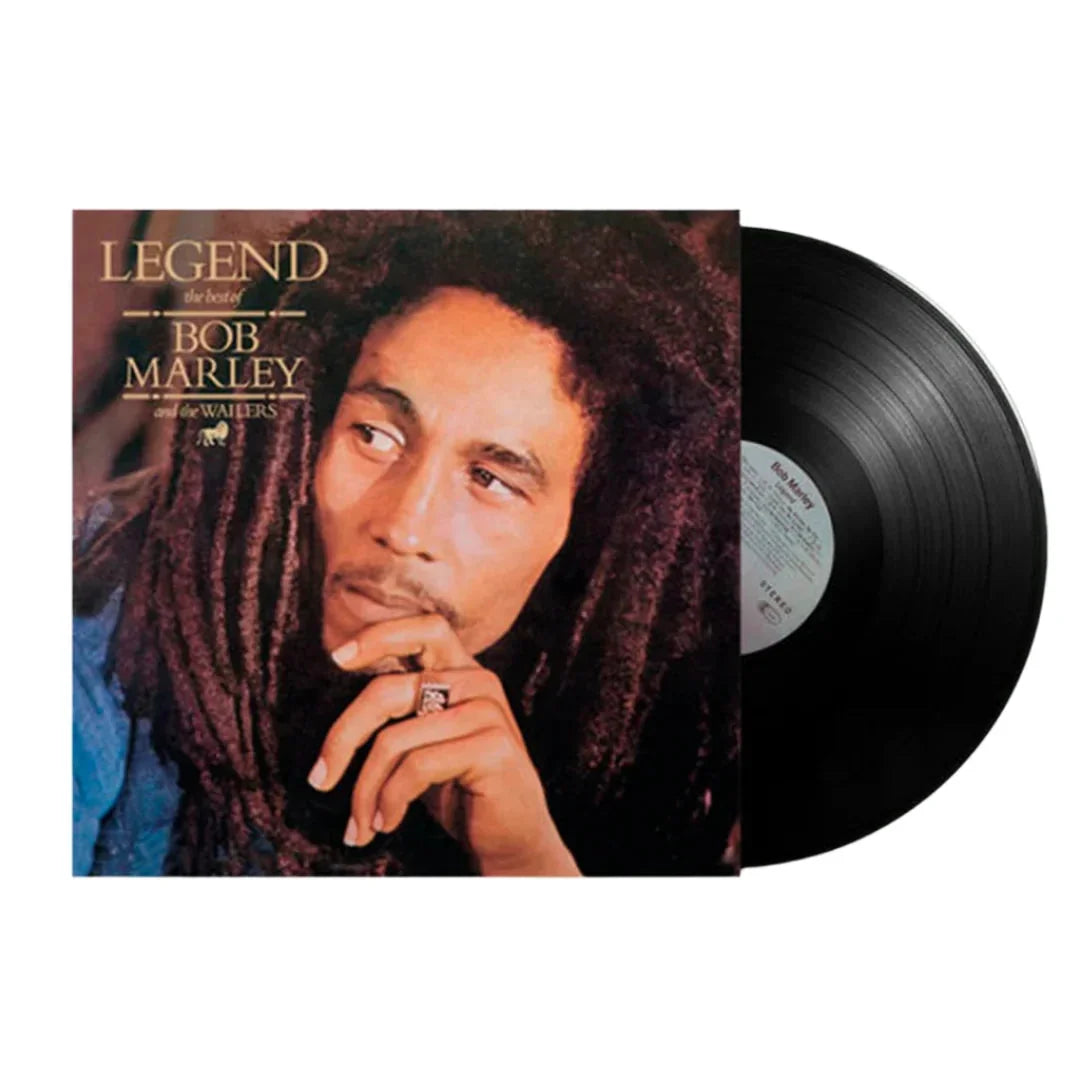
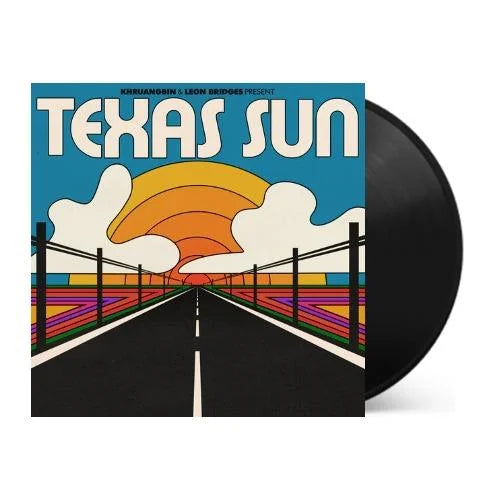
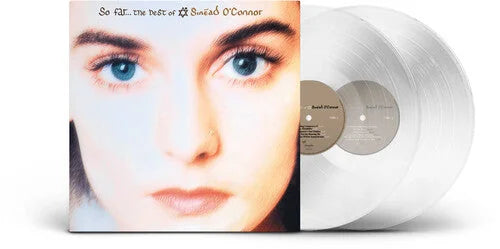
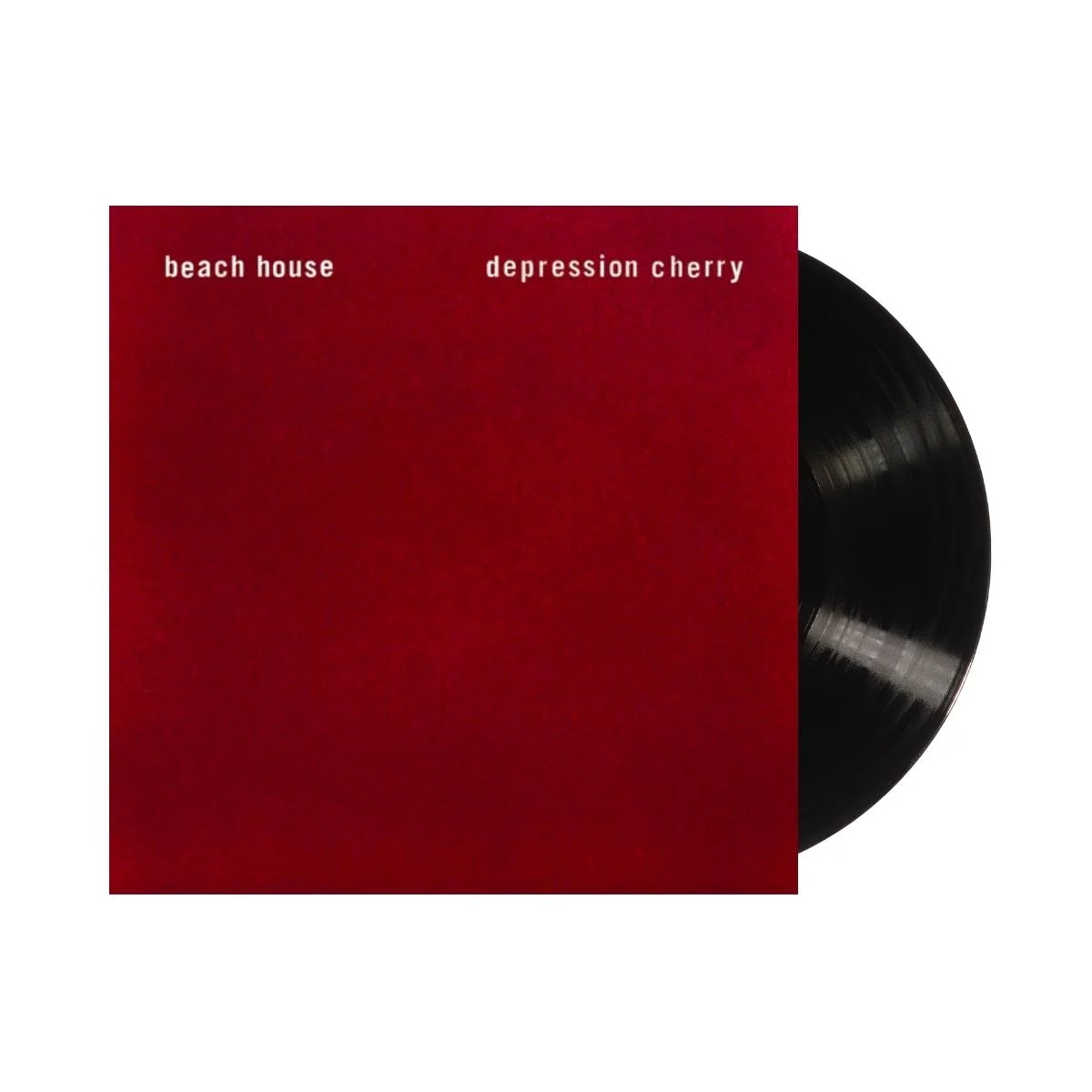
![The Grateful Dead - The Music Never Stopped [6LP Box Set]](http://vinyl.com/cdn/shop/files/The_Grateful_Dead-The_Music_Never_Stopped__6LP_Box_Set.jpg?v=1747729623&width=5760)
![The Grateful Dead - Madison Square Garden, New York, NY 3/9/81 (2023 Rocktober Edition) [5LP Box Set]](http://vinyl.com/cdn/shop/files/4247396-3042523.jpg?v=1758034700&width=5760)
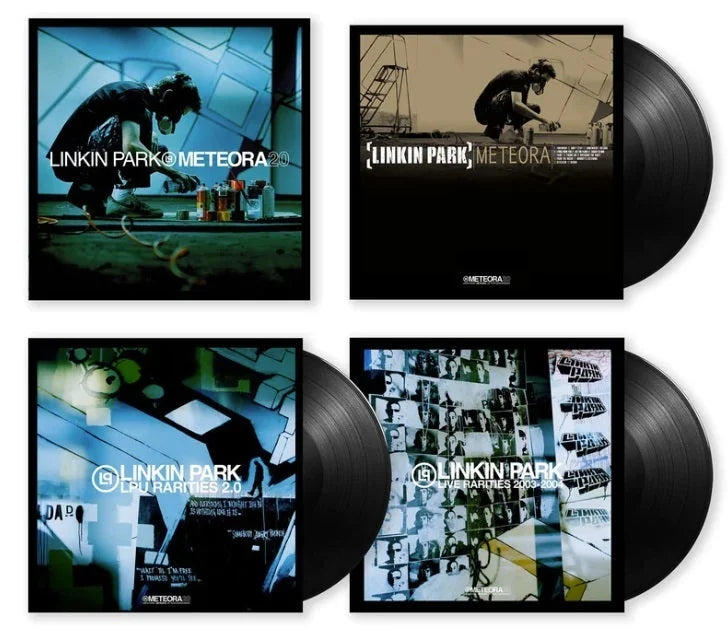
![Sufjan Stevens - Songs For Christmas [5LP Box Set]](http://vinyl.com/cdn/shop/files/3576666.jpg?v=1684195276&width=5760)
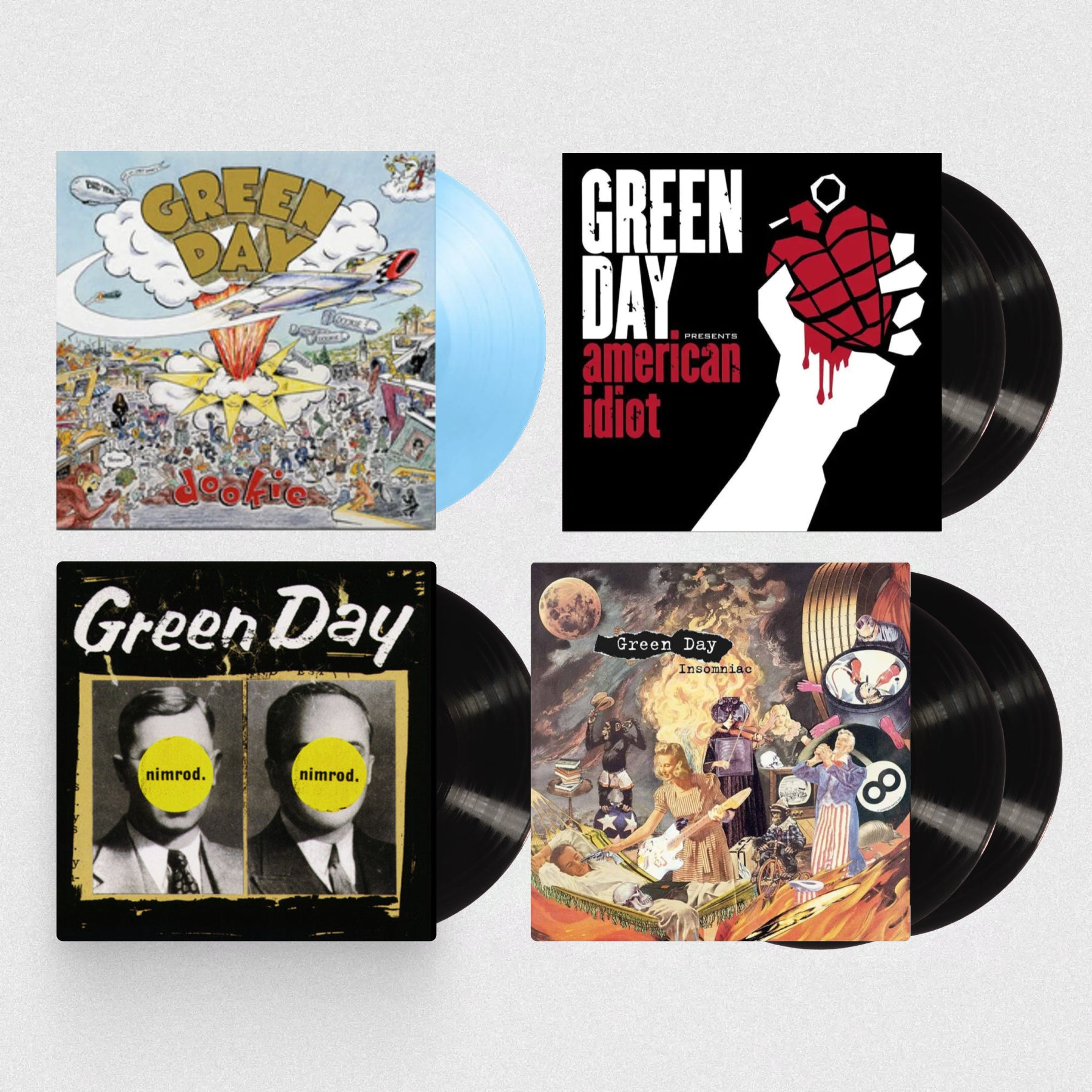
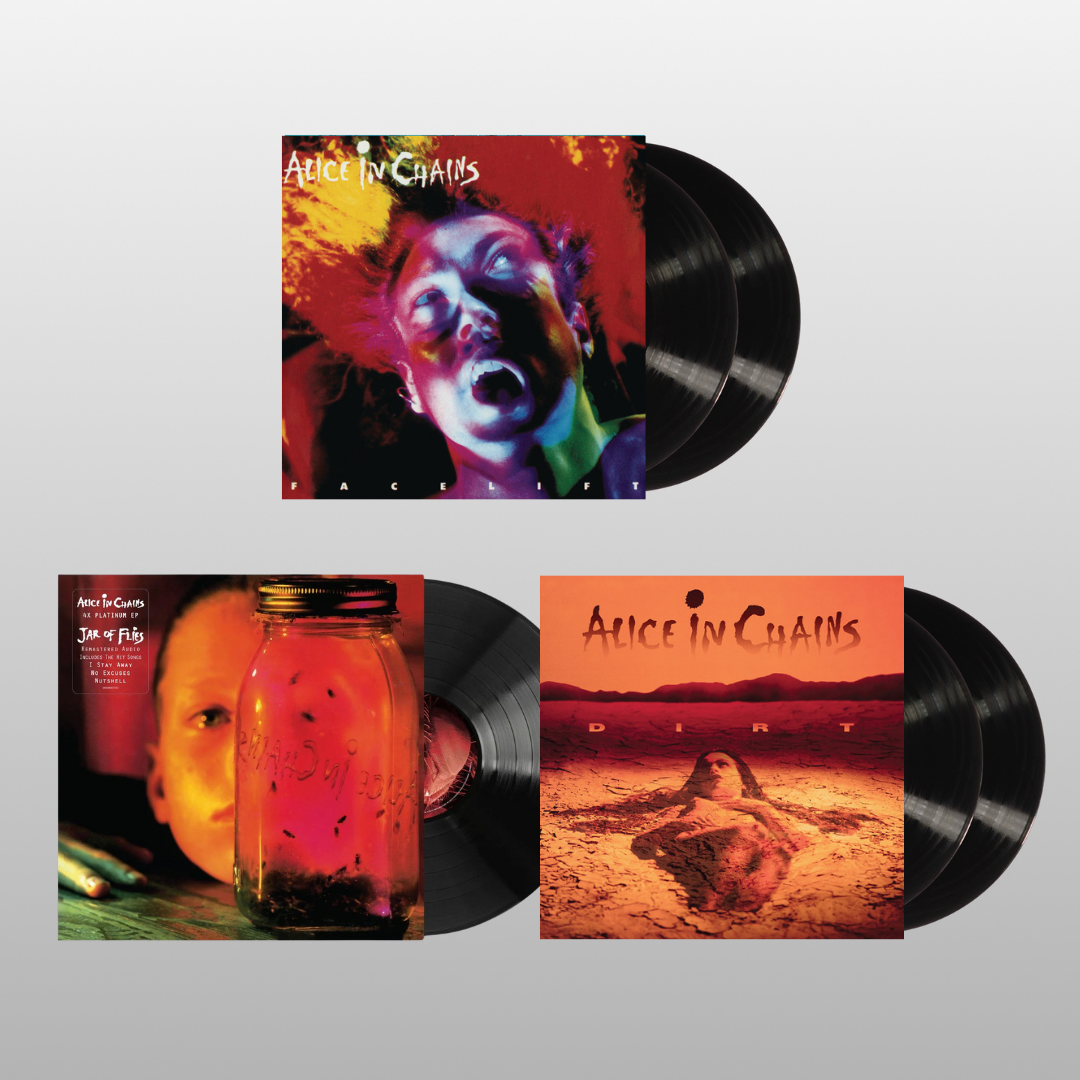
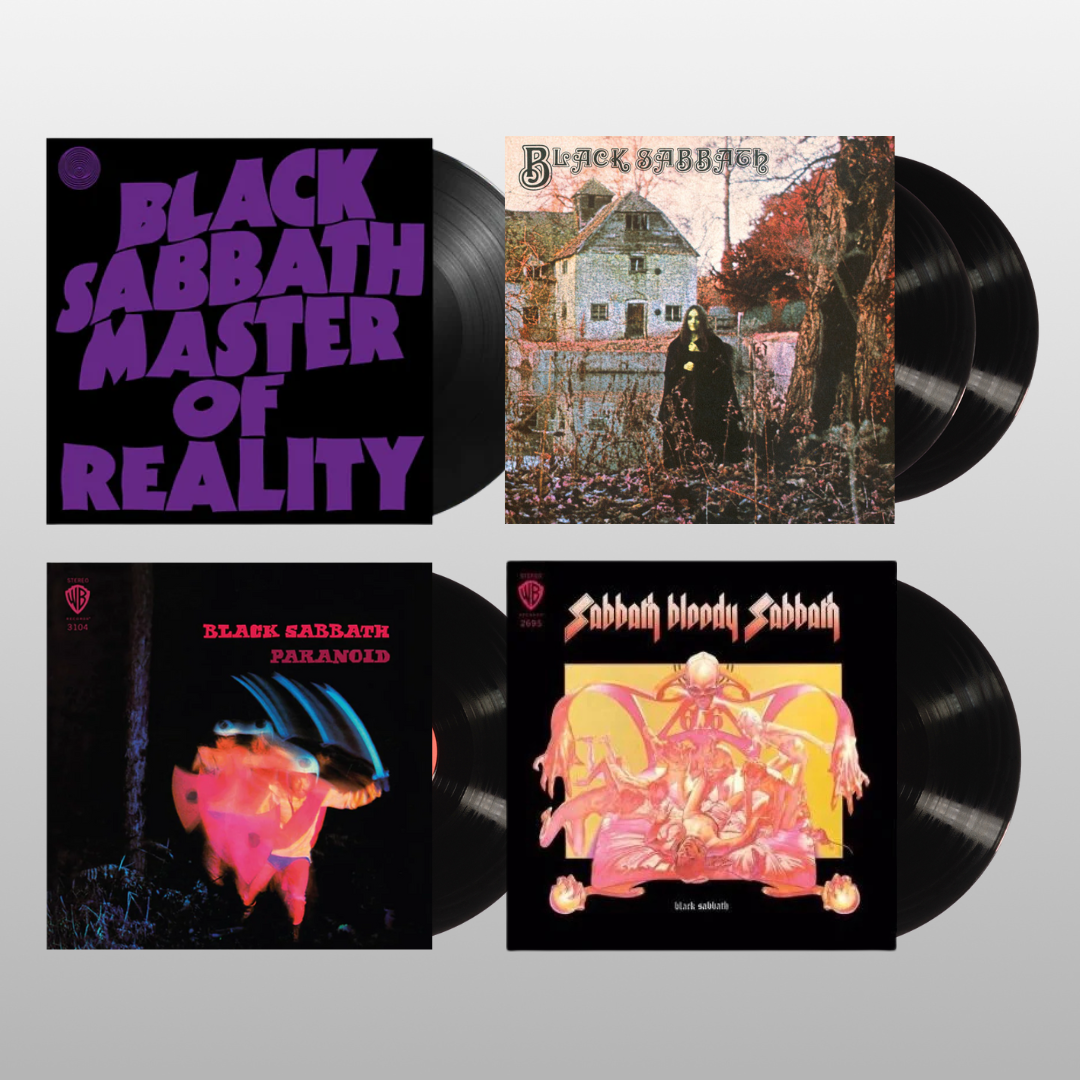

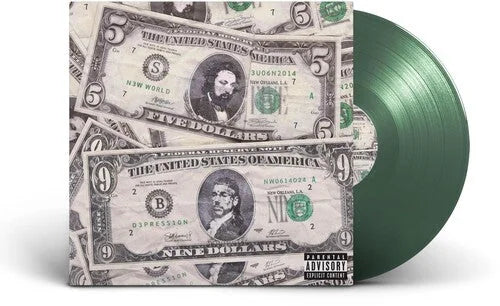
![$Uicideboy$ - Thy Kingdom Come [Clear]](http://vinyl.com/cdn/shop/files/4435583-3407920.jpg?v=1754460746&width=5760)
![(hed) p.e. - New And Improved [Pink]](http://vinyl.com/cdn/shop/files/4425252-3389420.jpg?v=1746578880&width=5760)
![1 Locate S - Wicked Jaw [Sky Blue]](http://vinyl.com/cdn/shop/files/4217742-2982879.jpg?v=1693273095&width=5760)
![Mac Miller - Swimming [2LP]](http://vinyl.com/cdn/shop/files/mac.png?v=1767598047&width=5760)
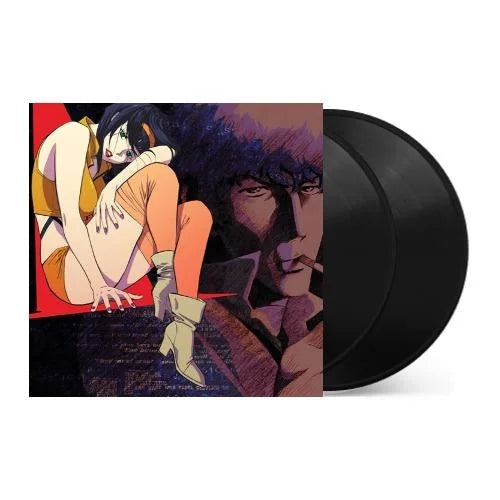
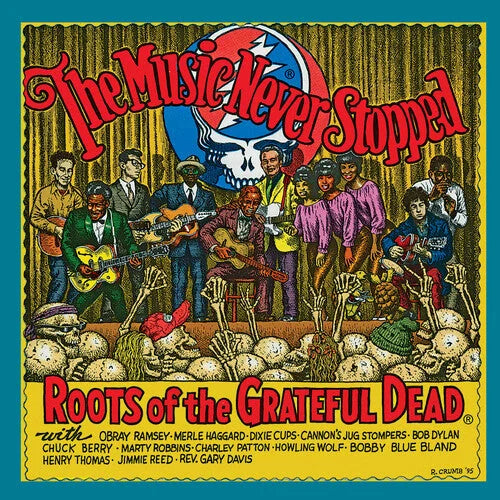

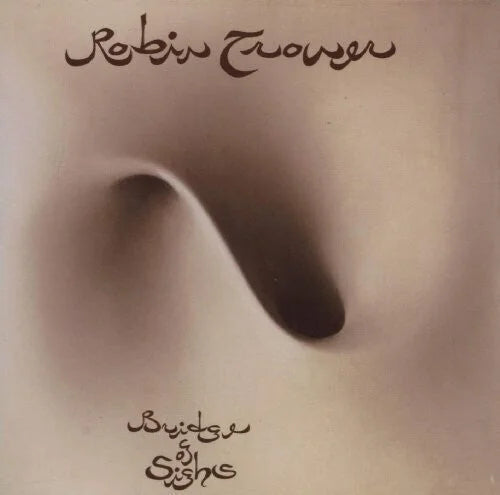
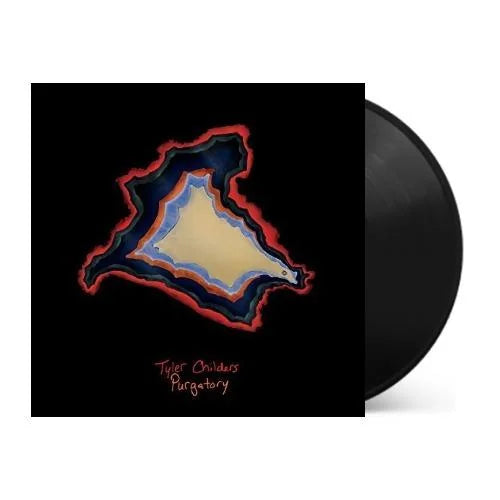
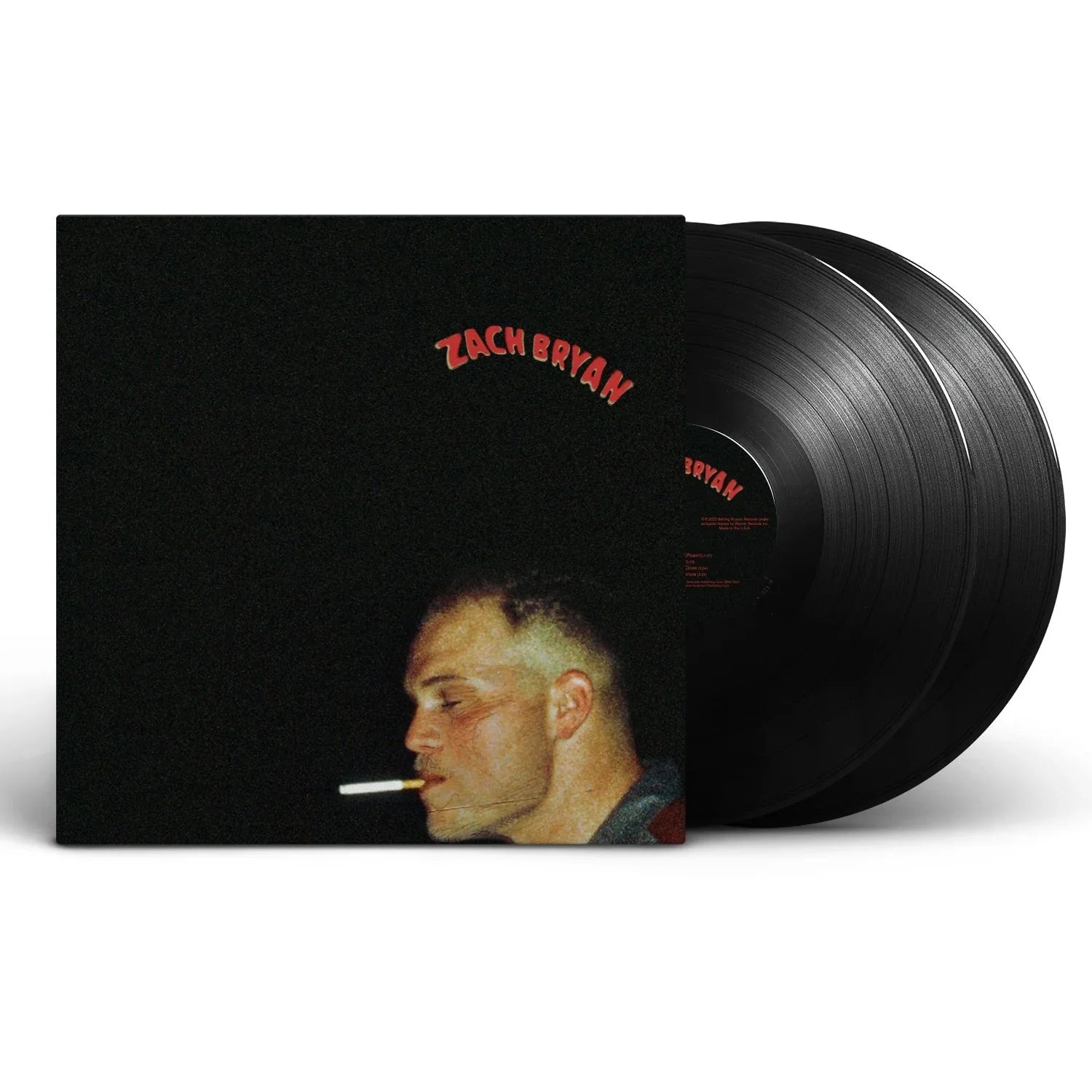
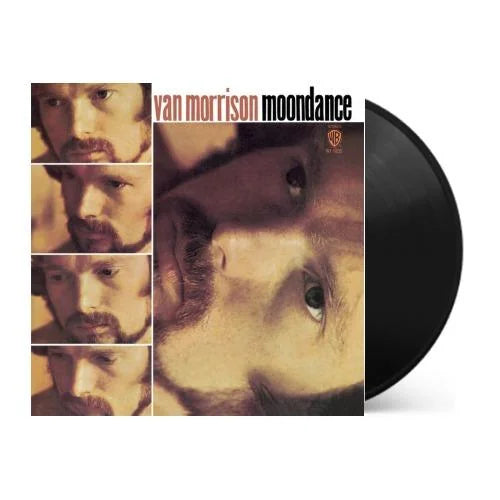
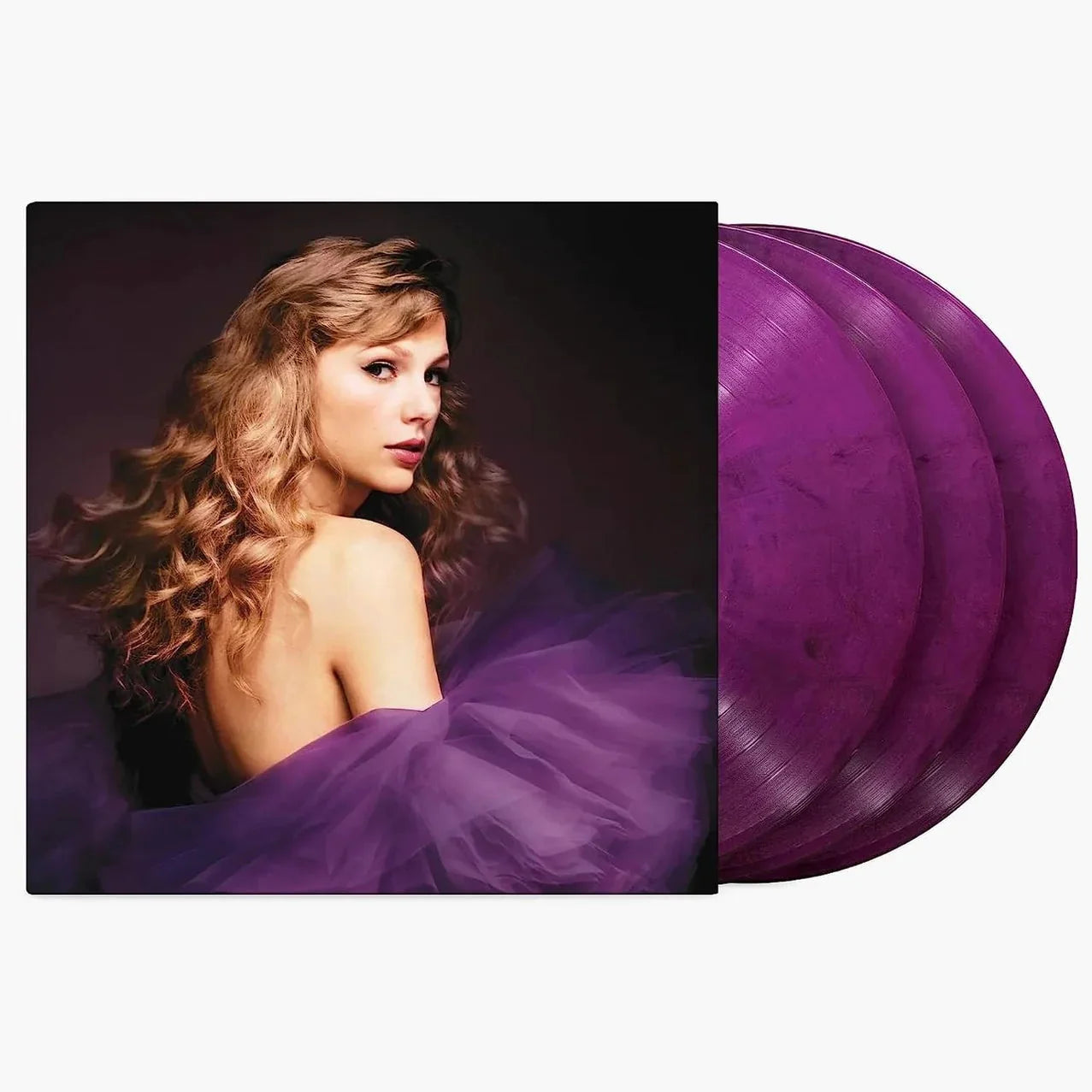
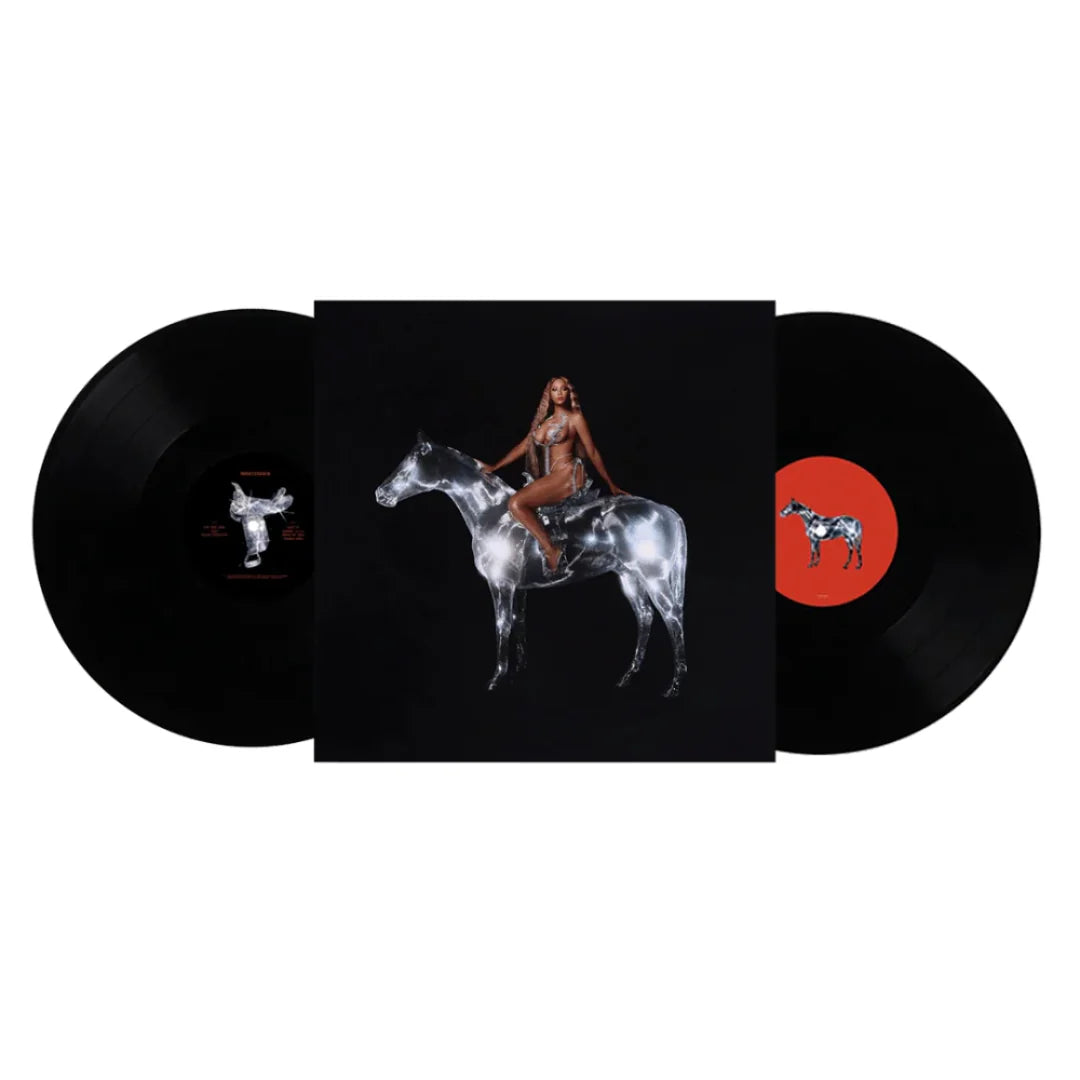
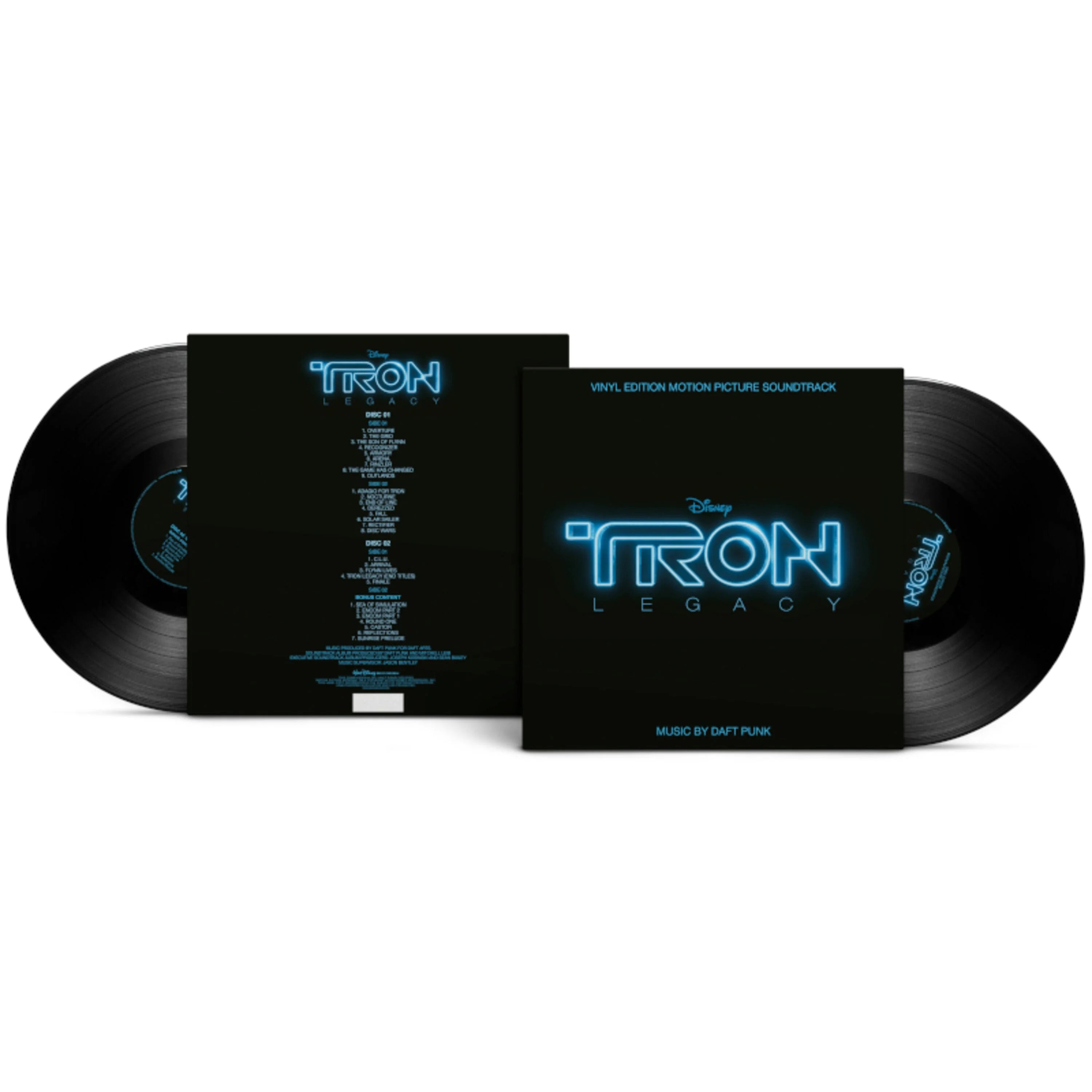
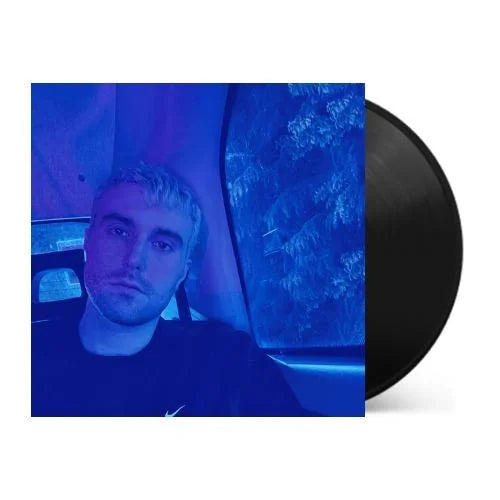
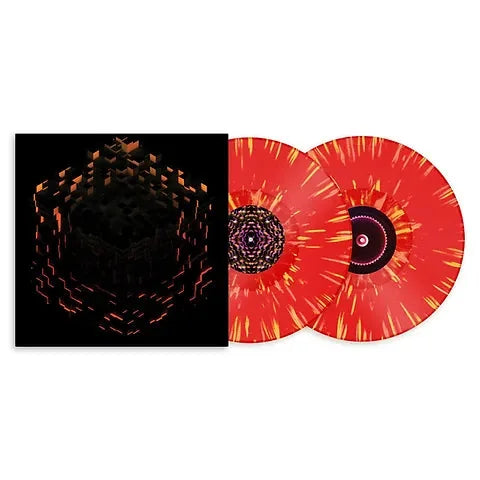
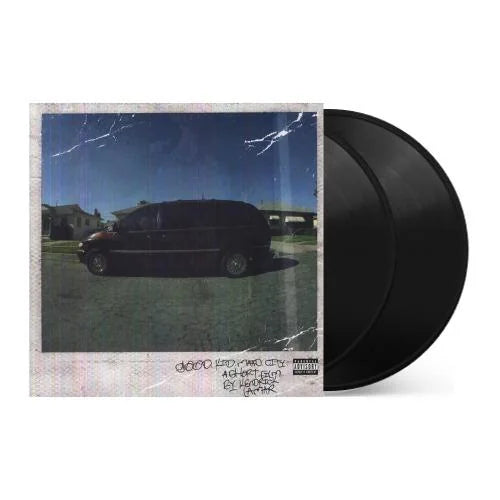
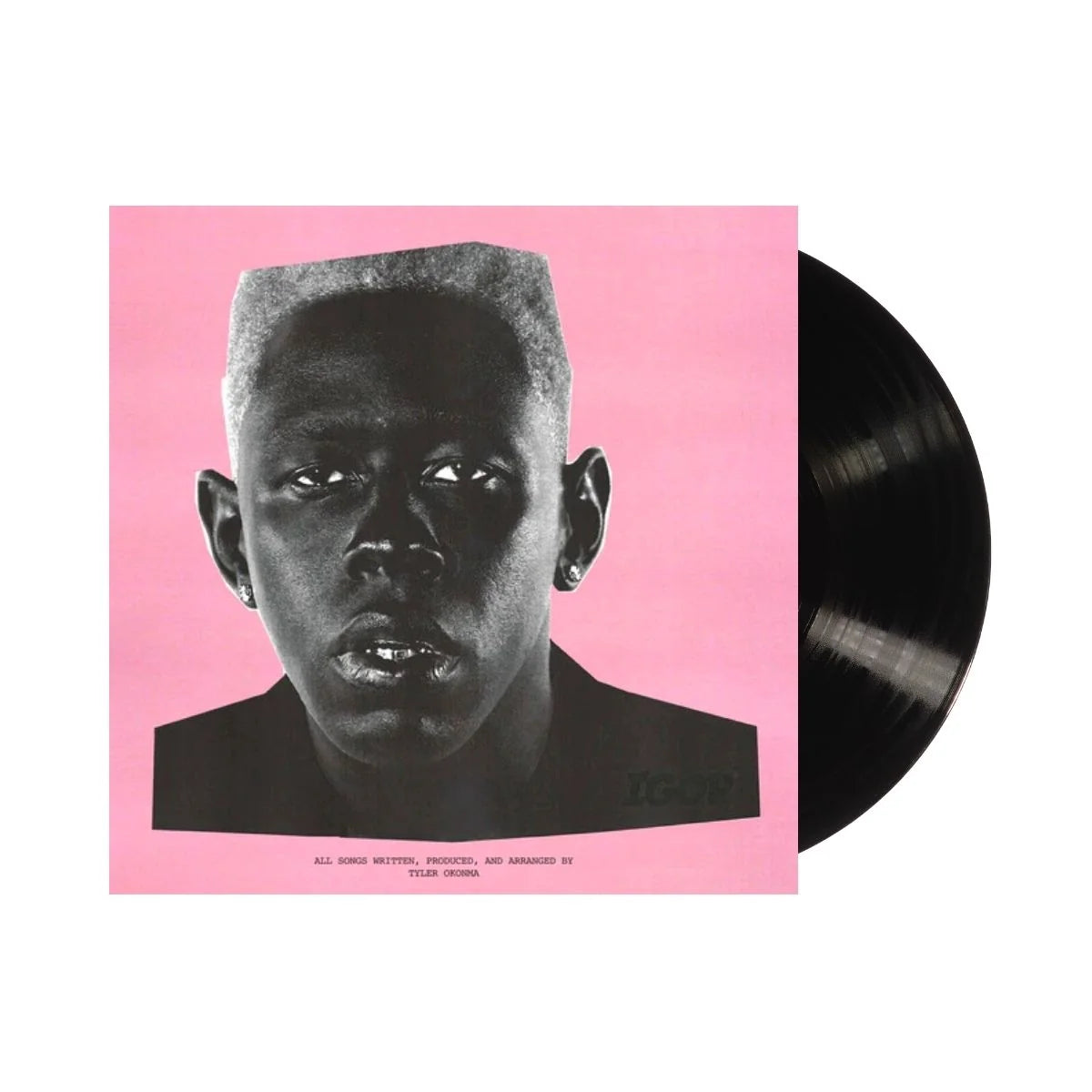
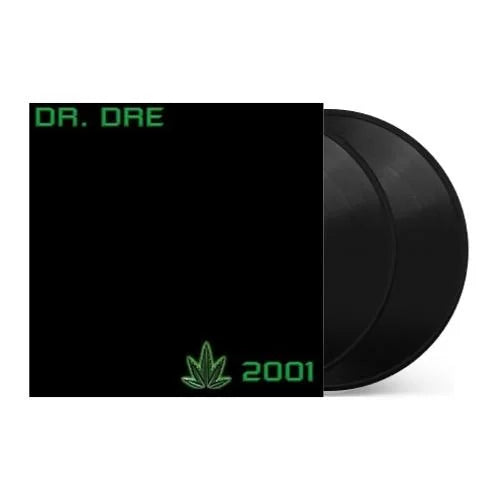
![Miles Davis - Kind of Blue [180-gram]](http://vinyl.com/cdn/shop/files/Y4LPMD03.webp?v=1742198237&width=5760)


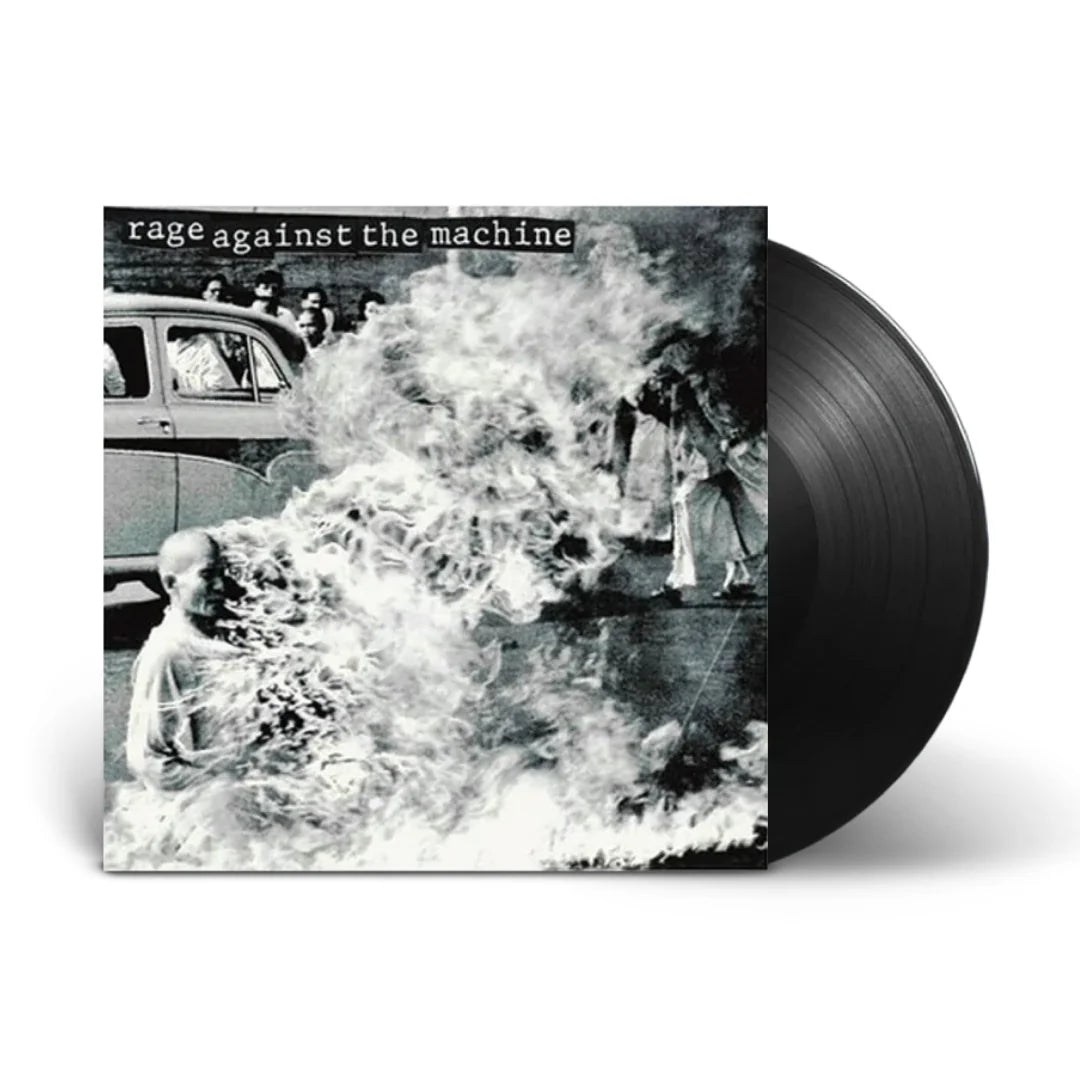
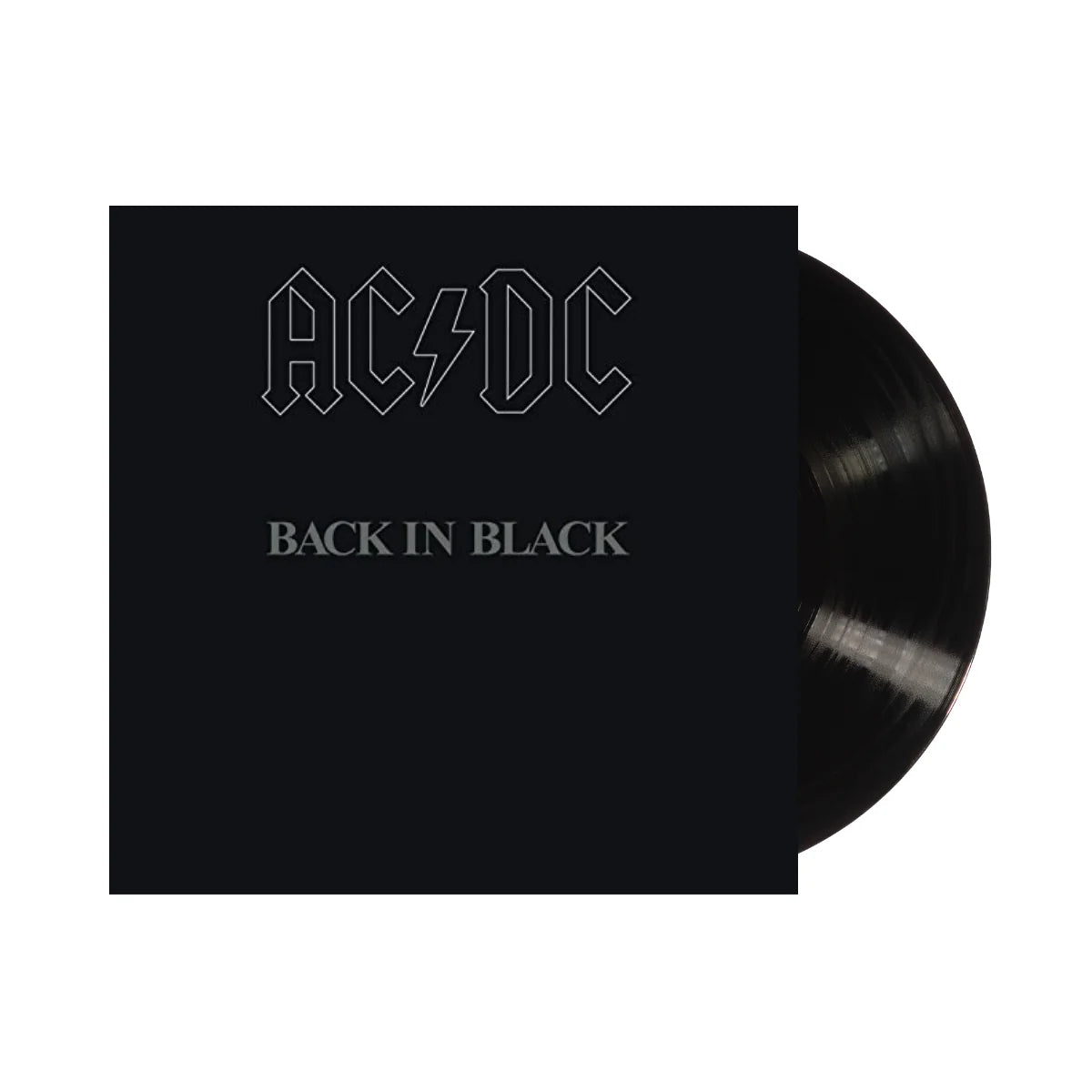
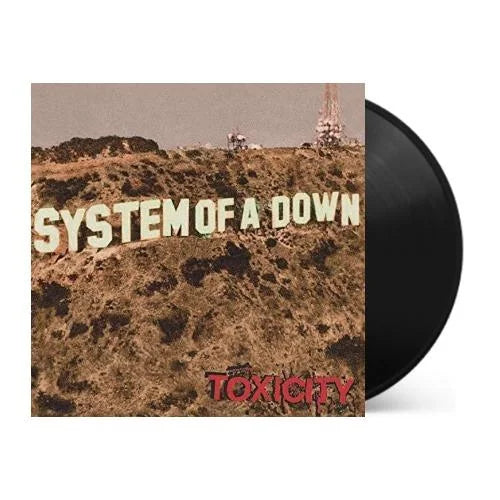
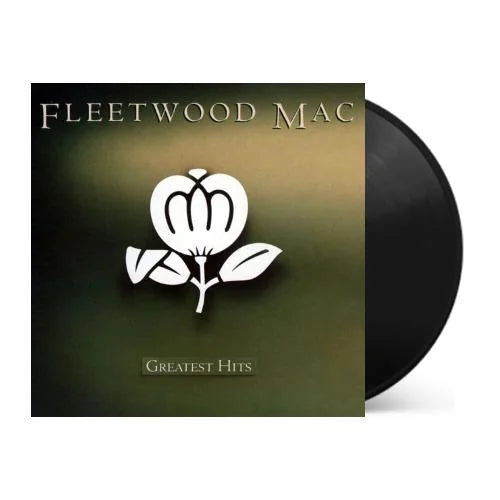
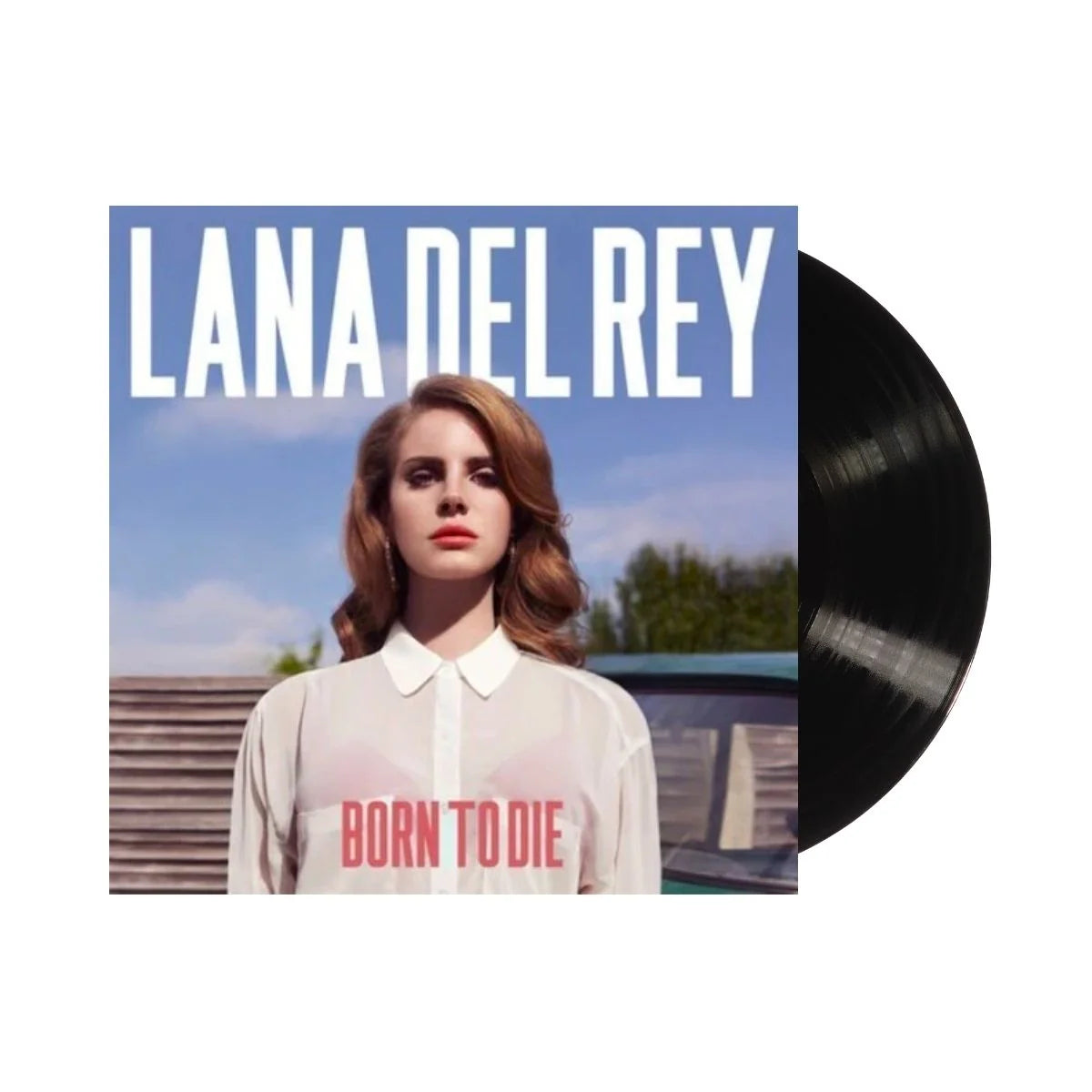
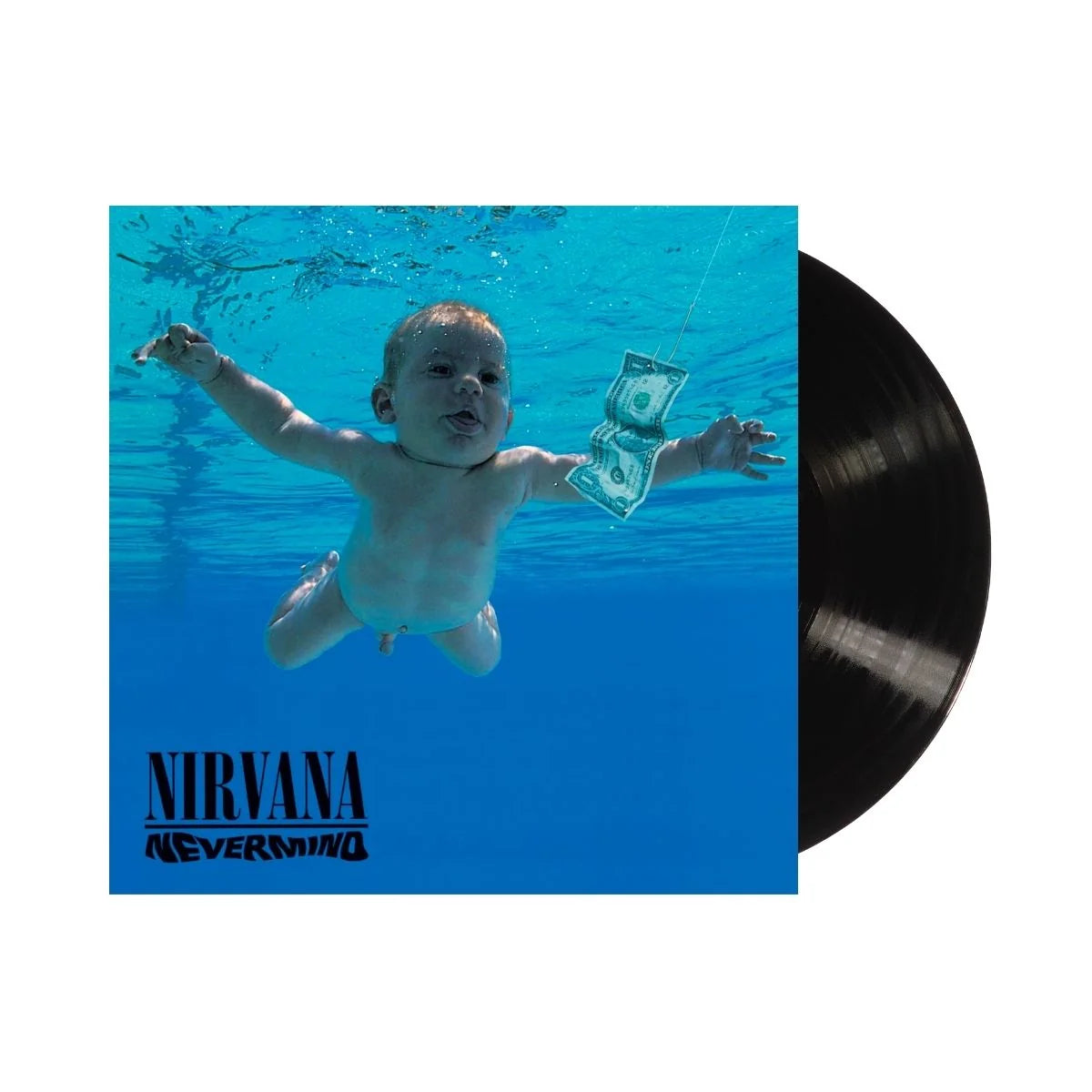
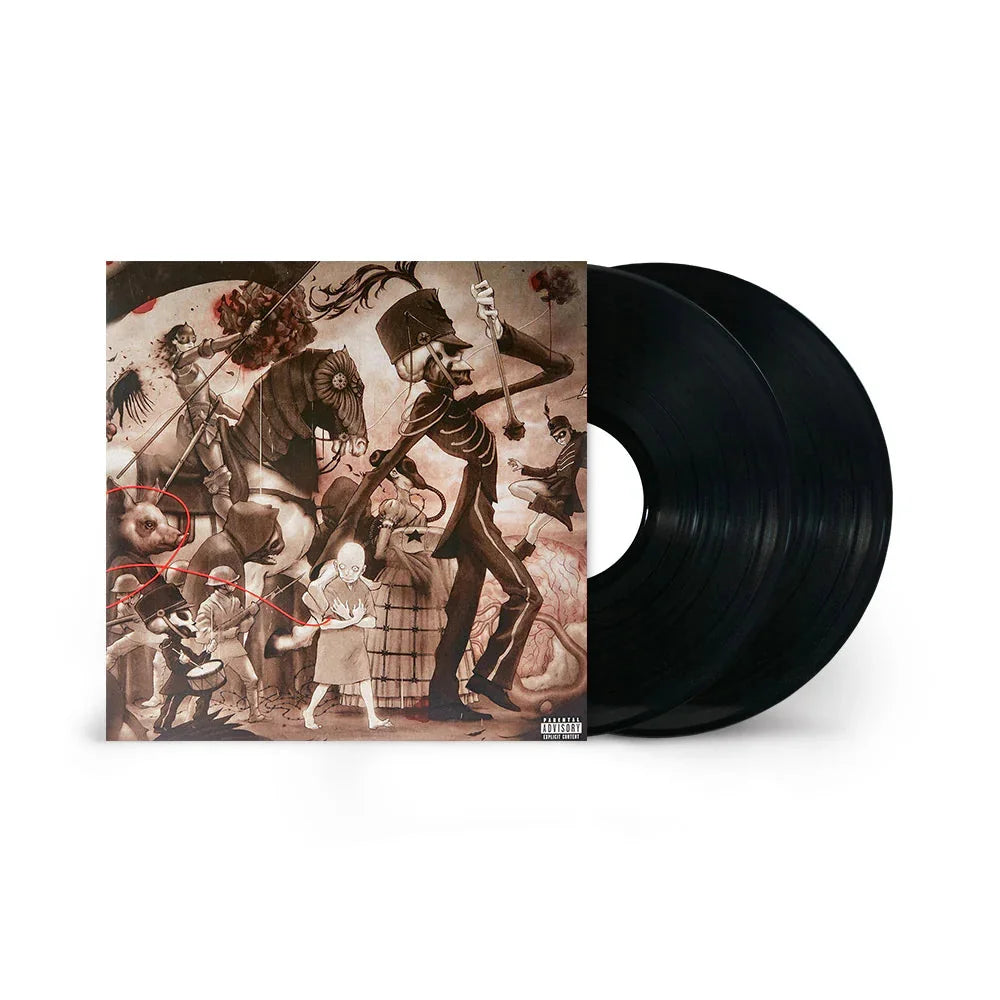

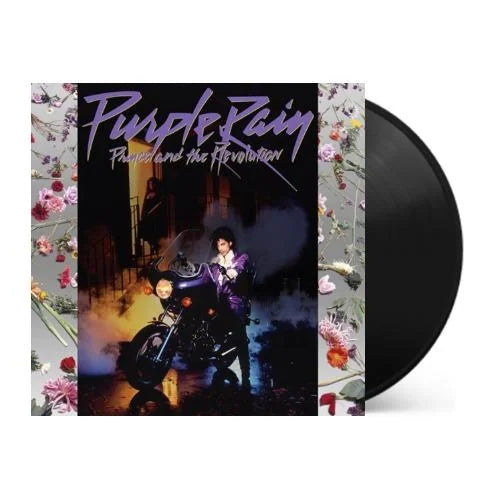
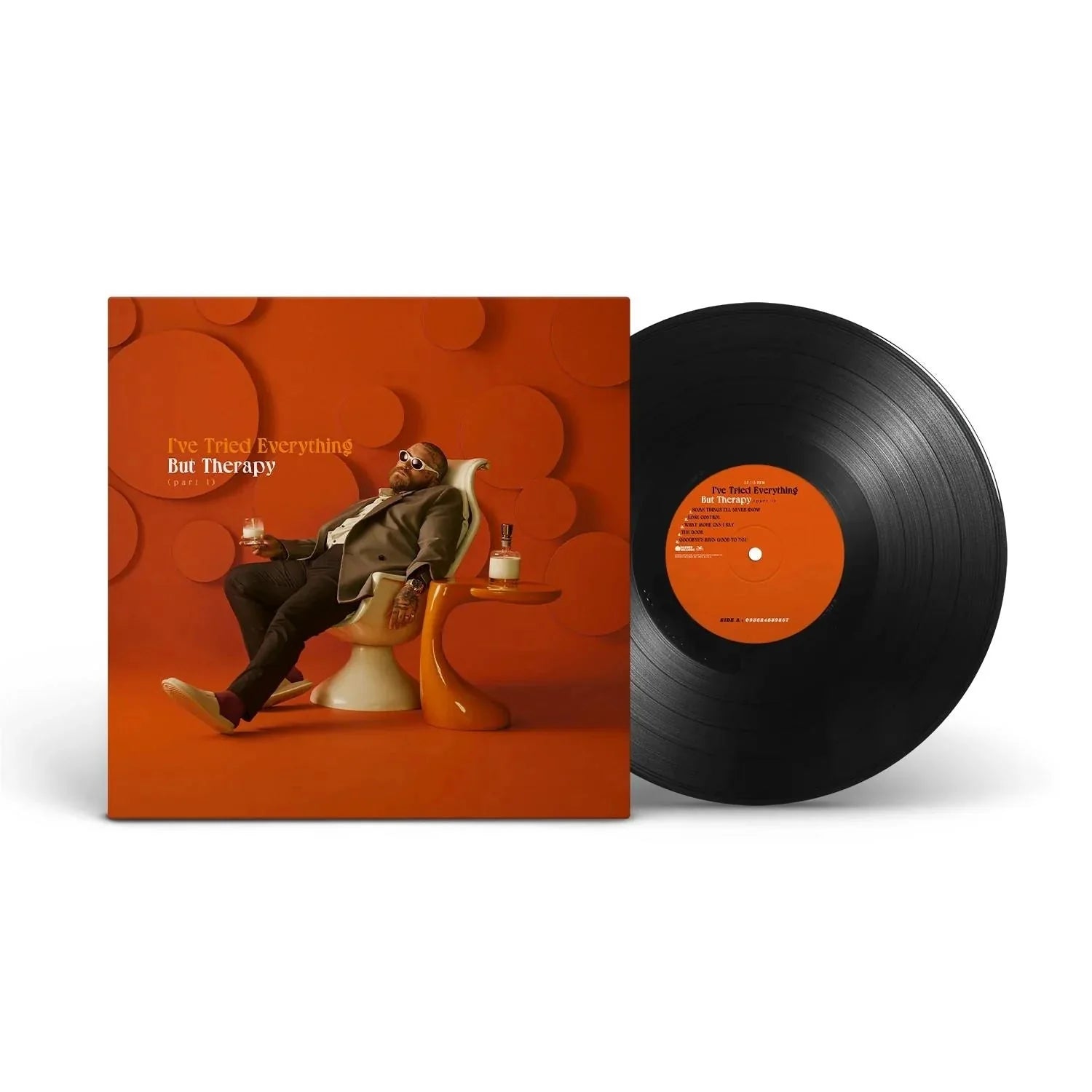

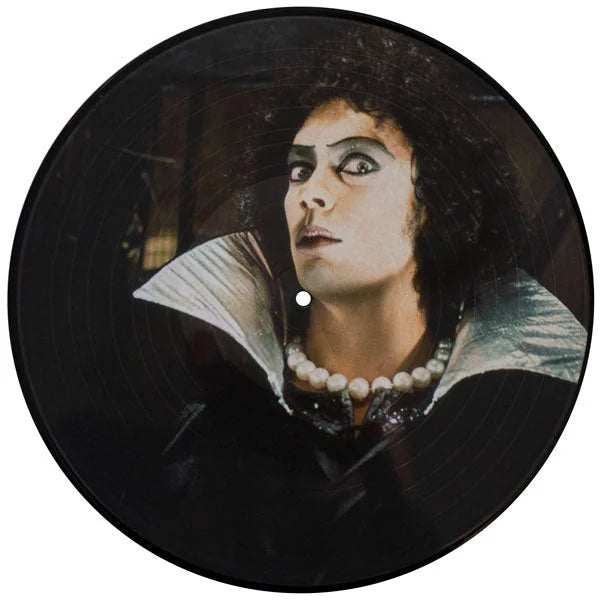
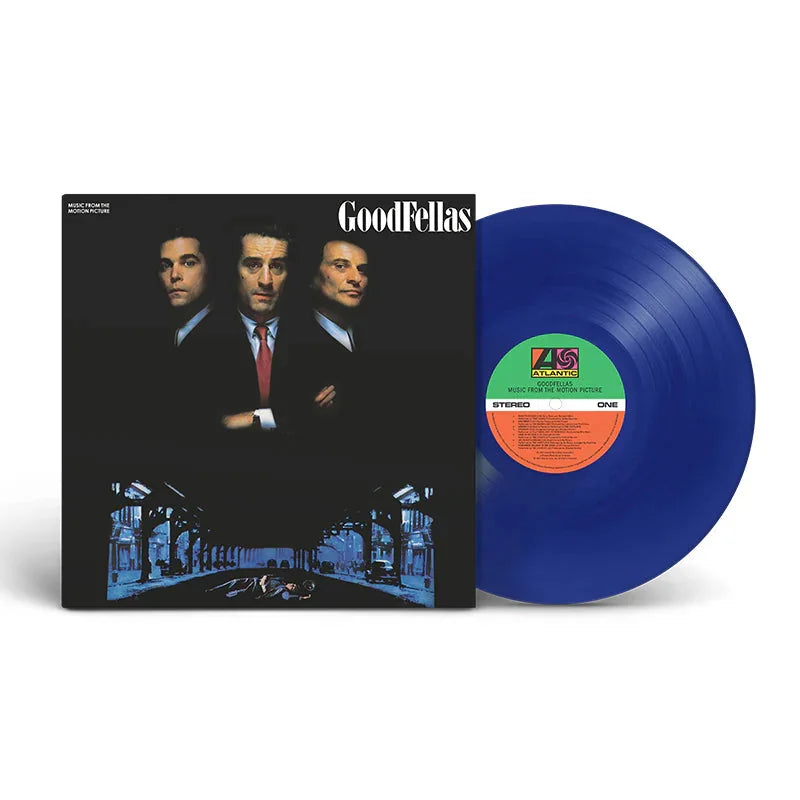
![Transformers: The Movie (Original Soundtrack) [Unicron Marbled 180-Gram]](http://vinyl.com/cdn/shop/files/4417308-3378319.jpg?v=1745982250&width=5760)









